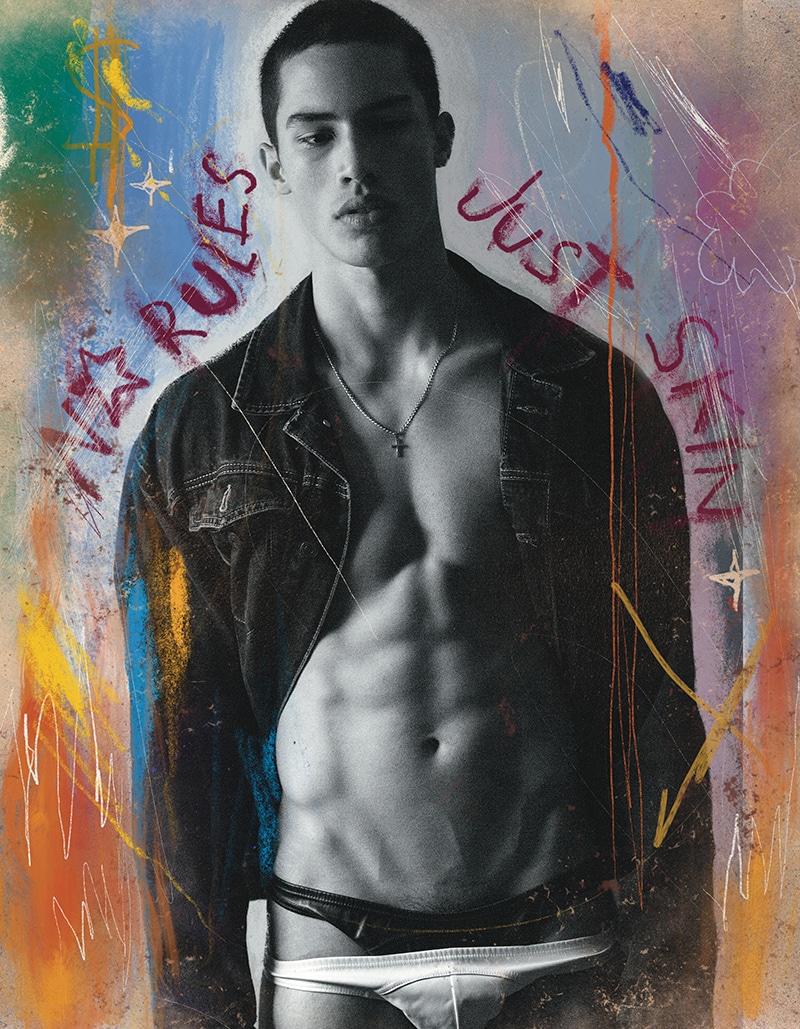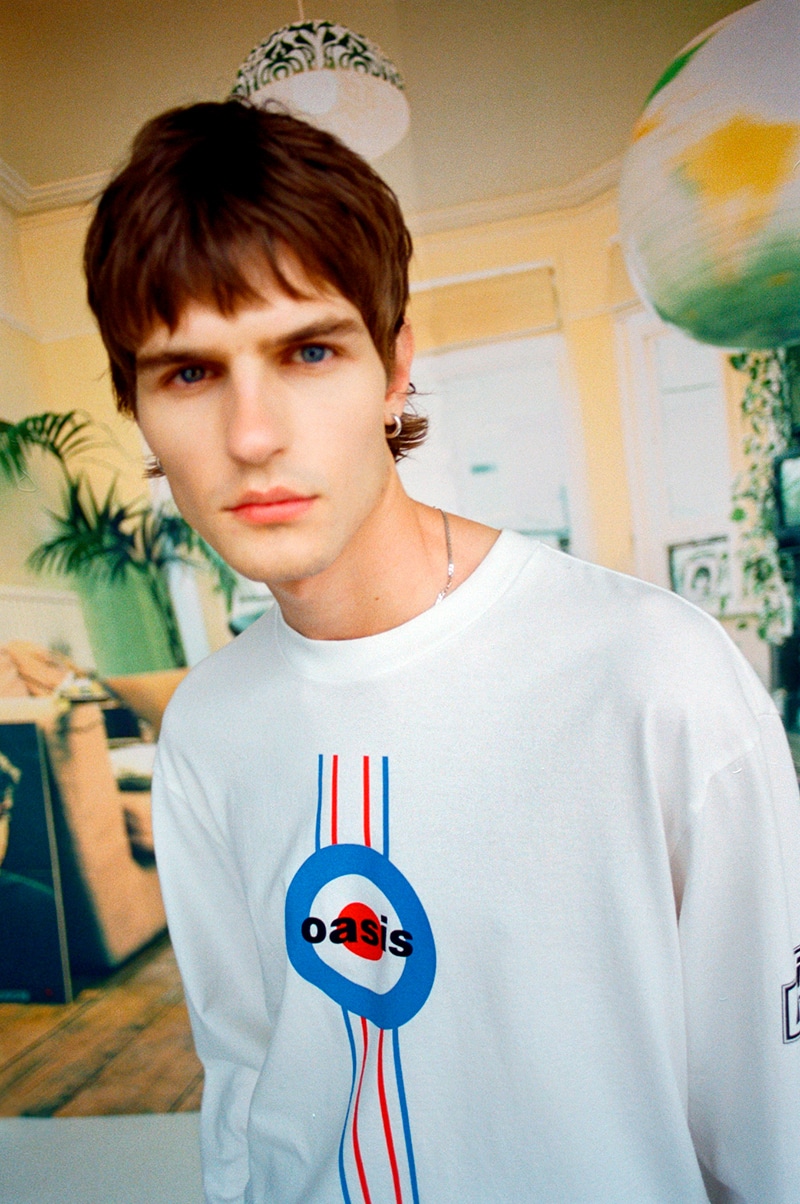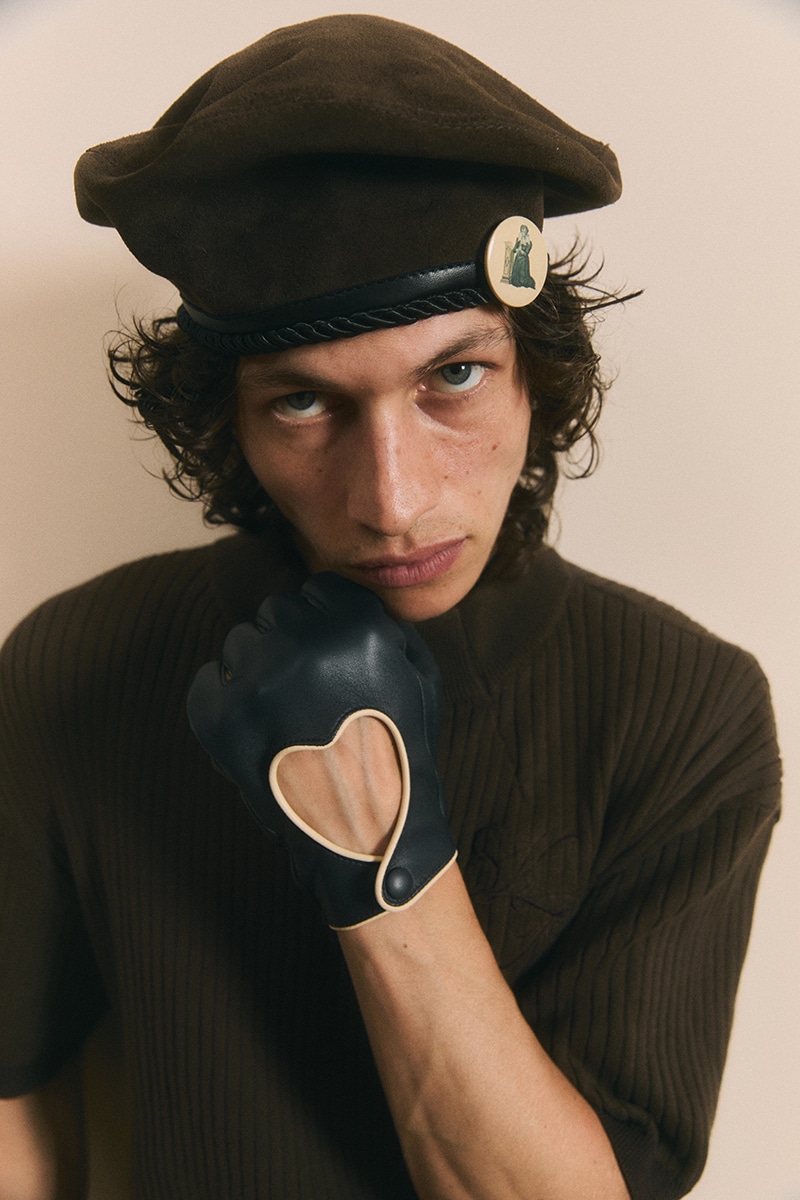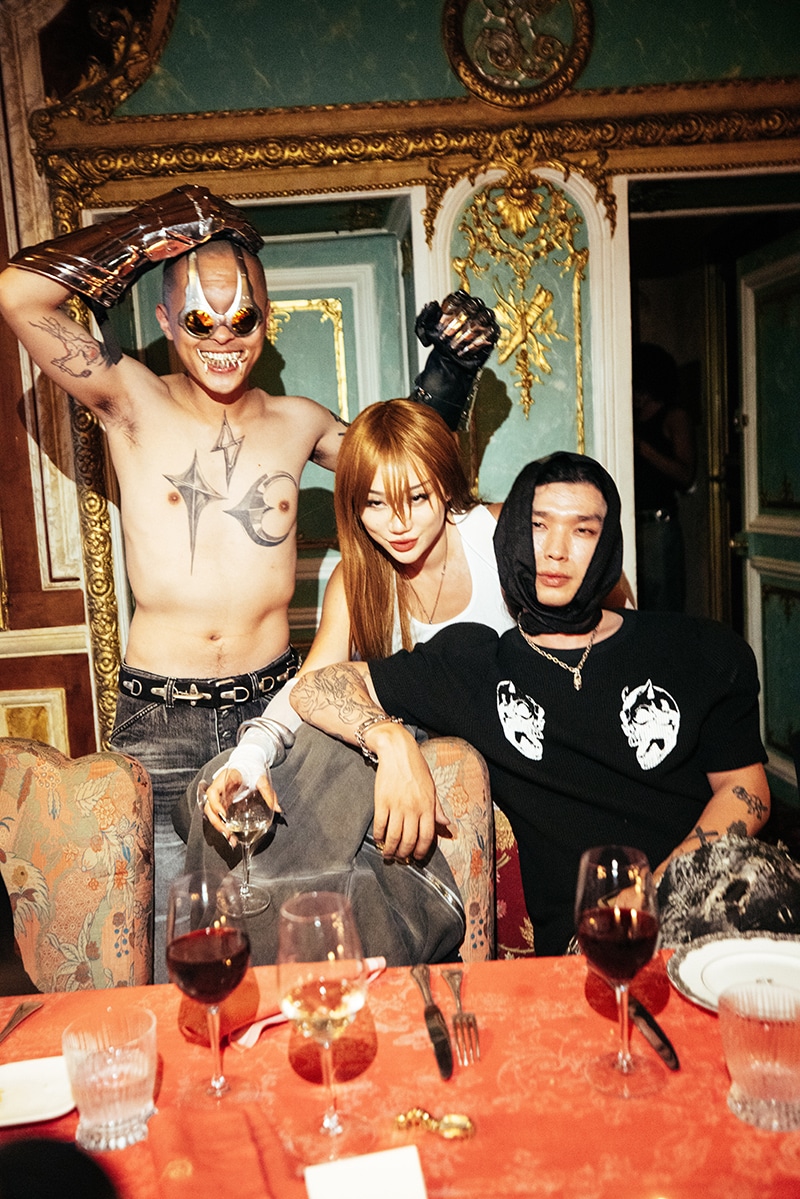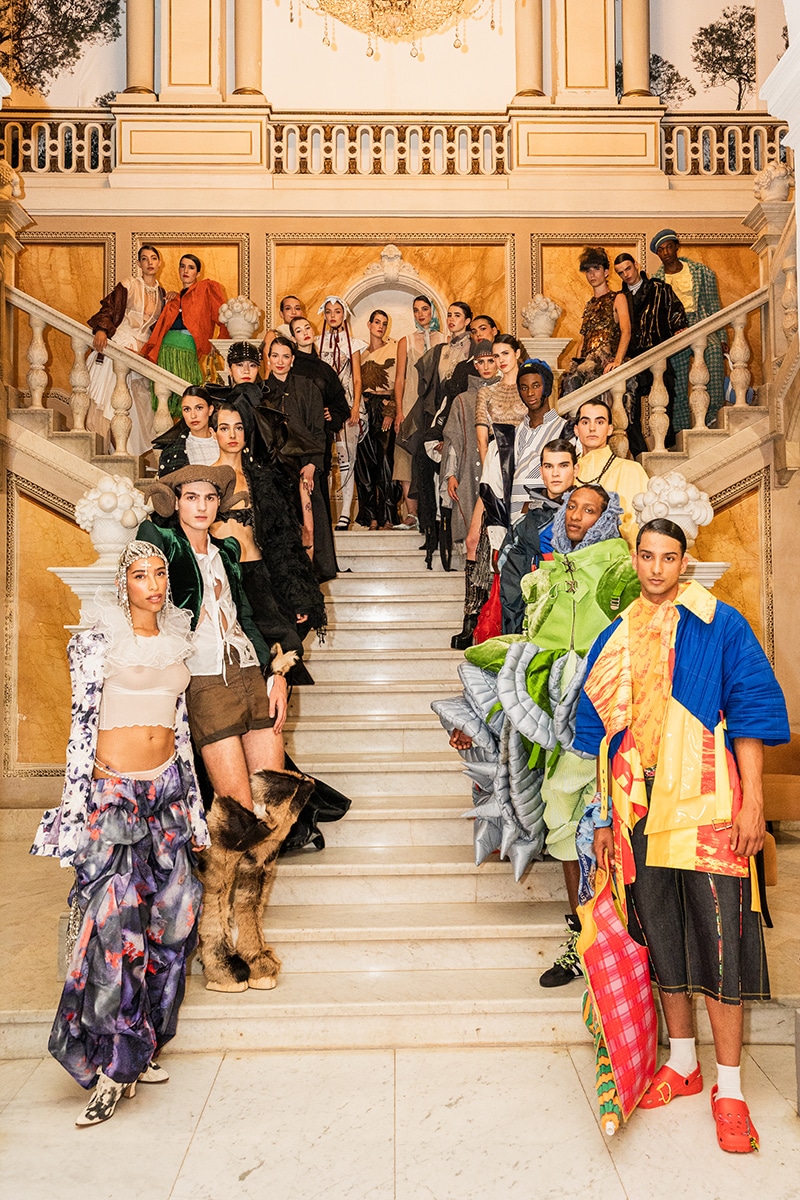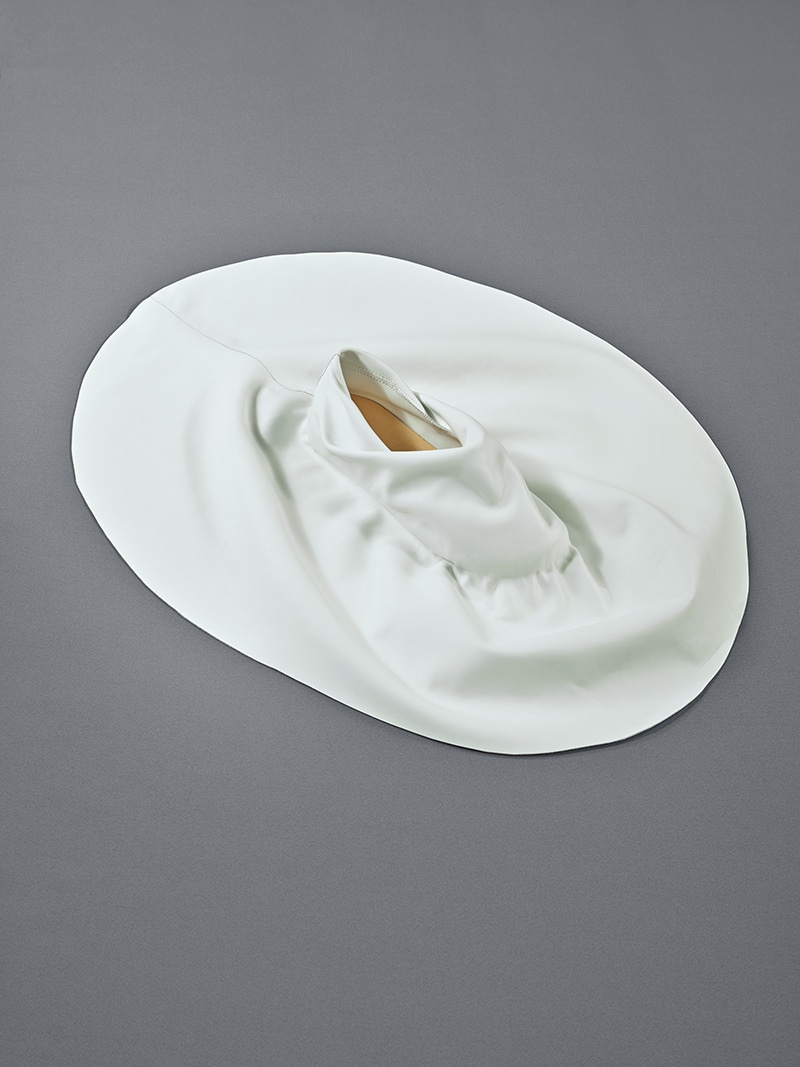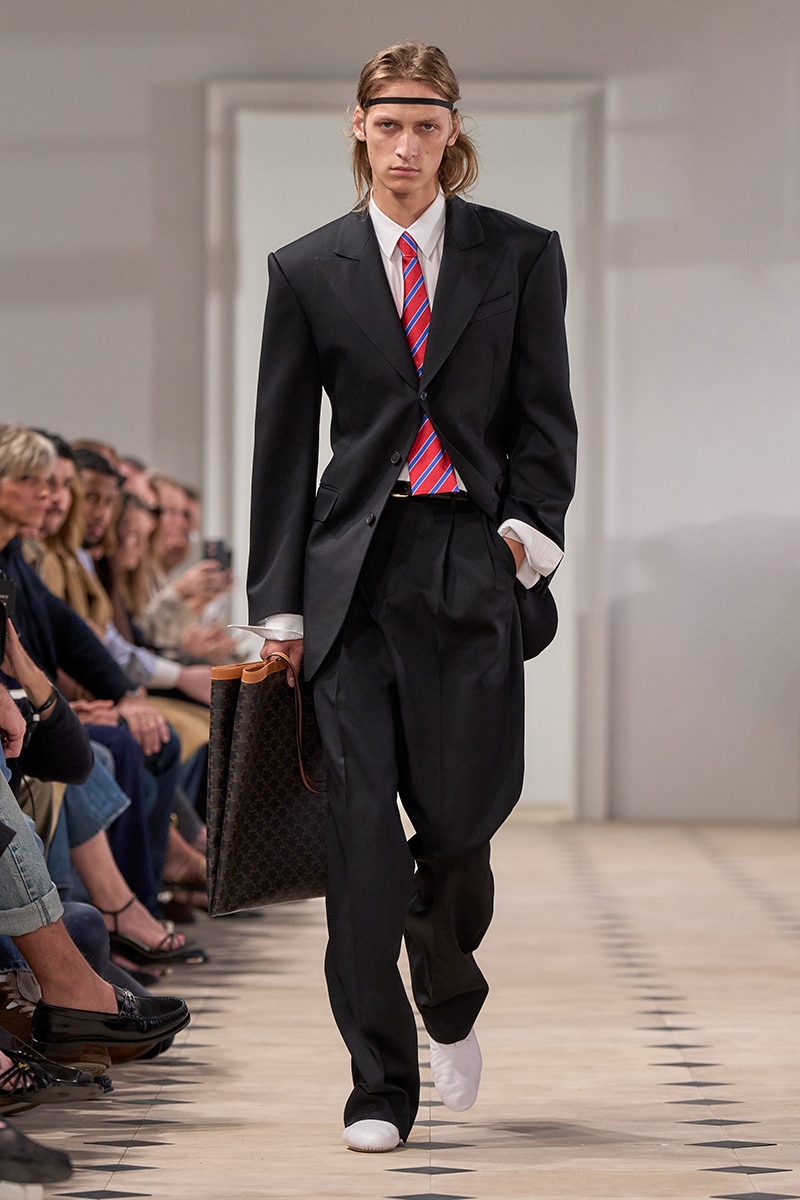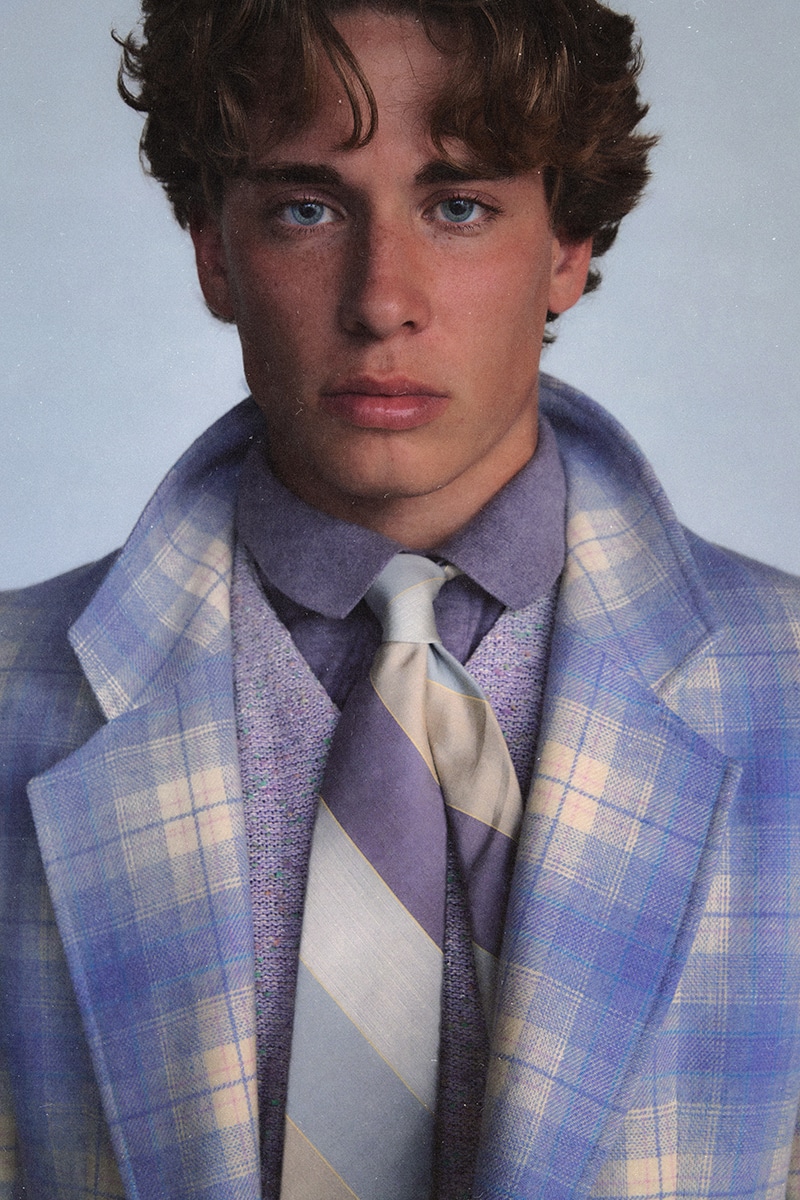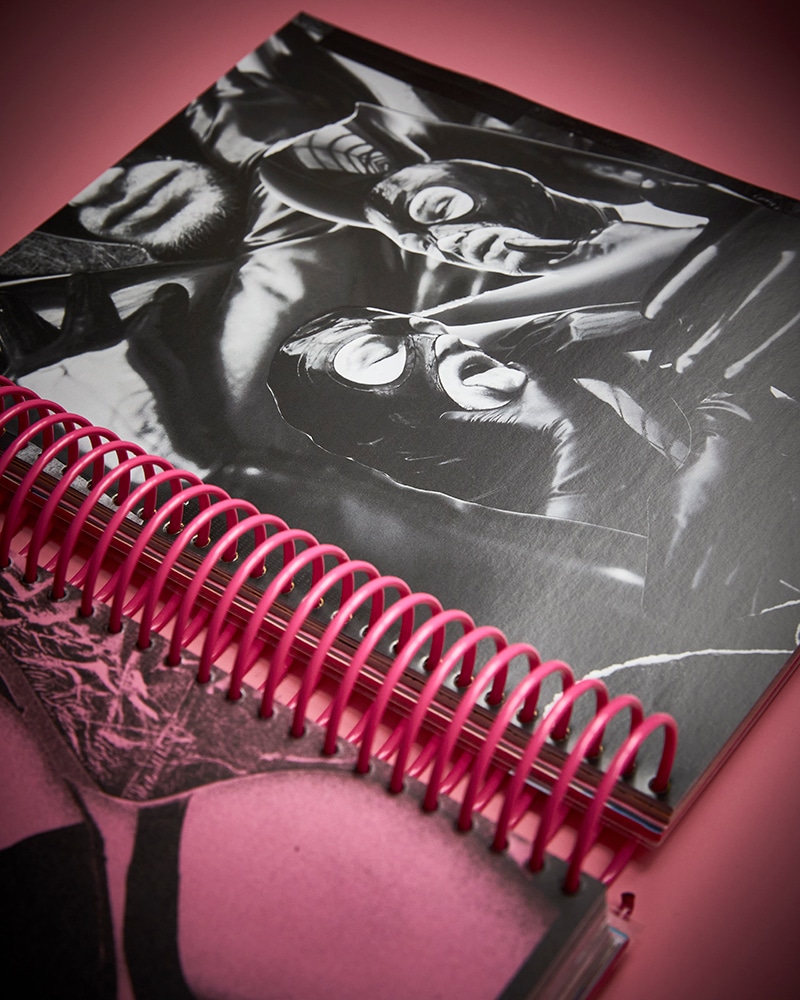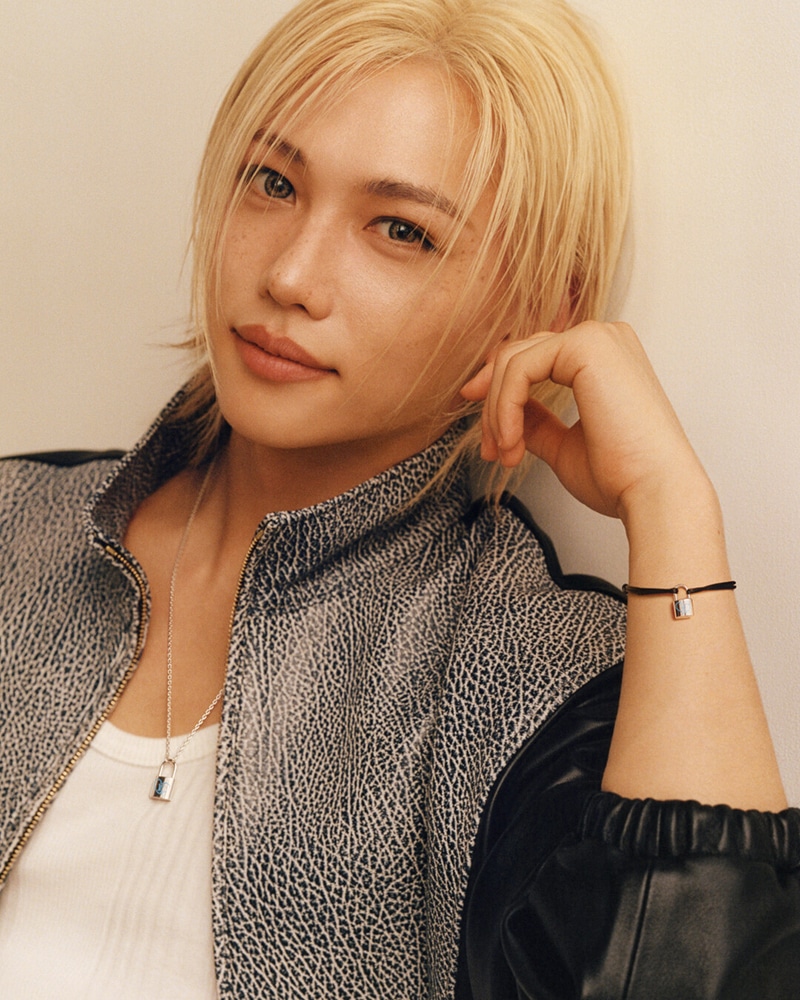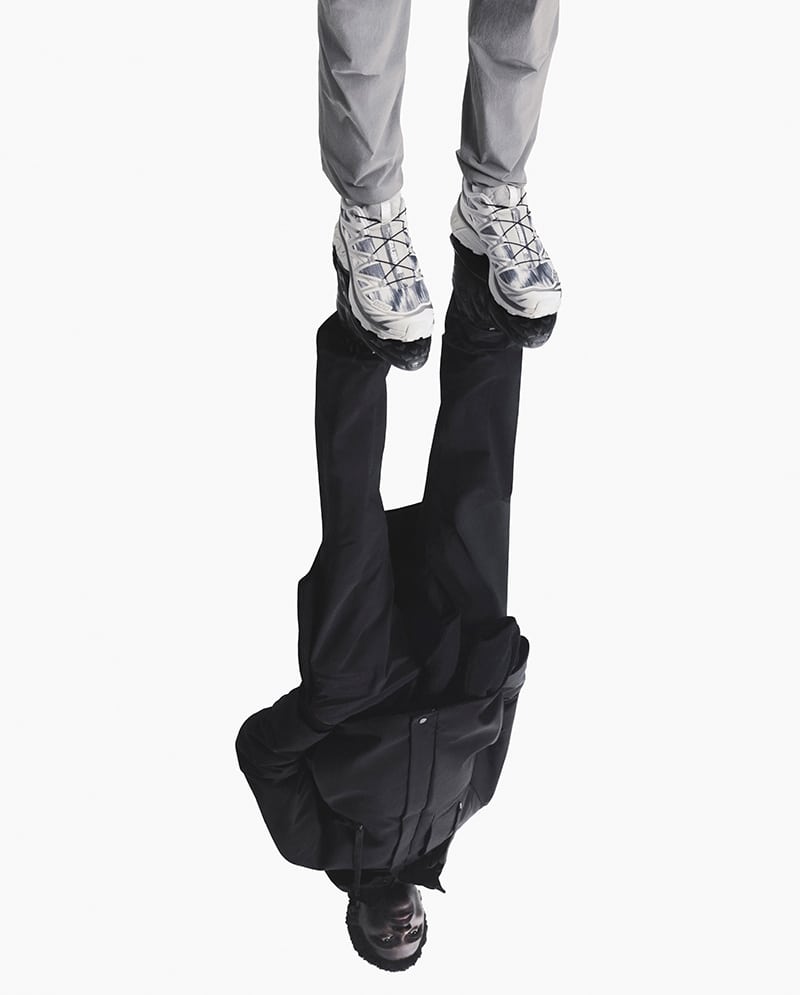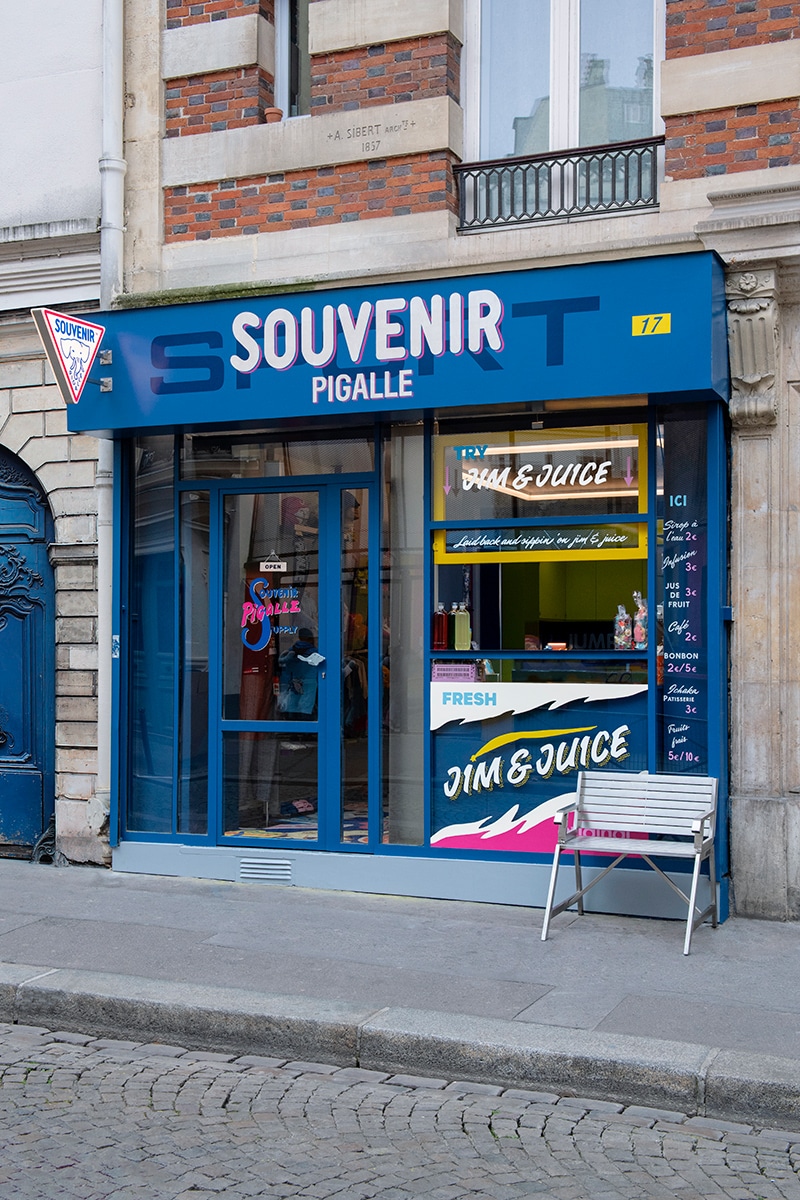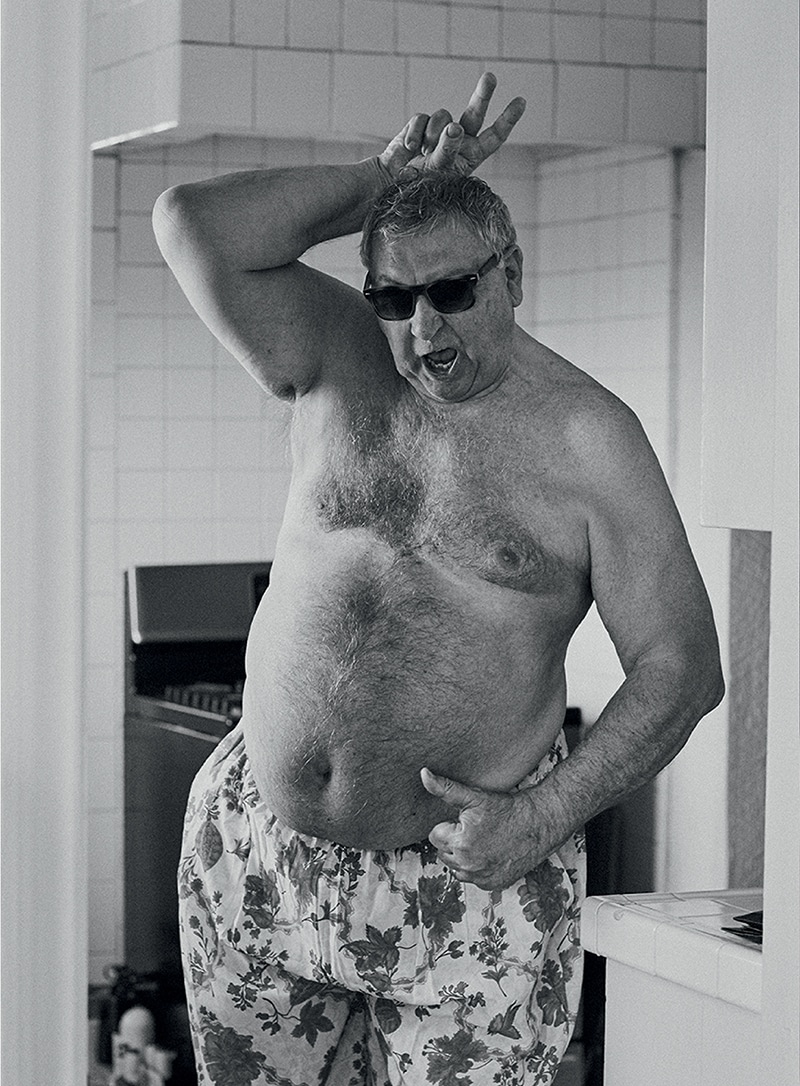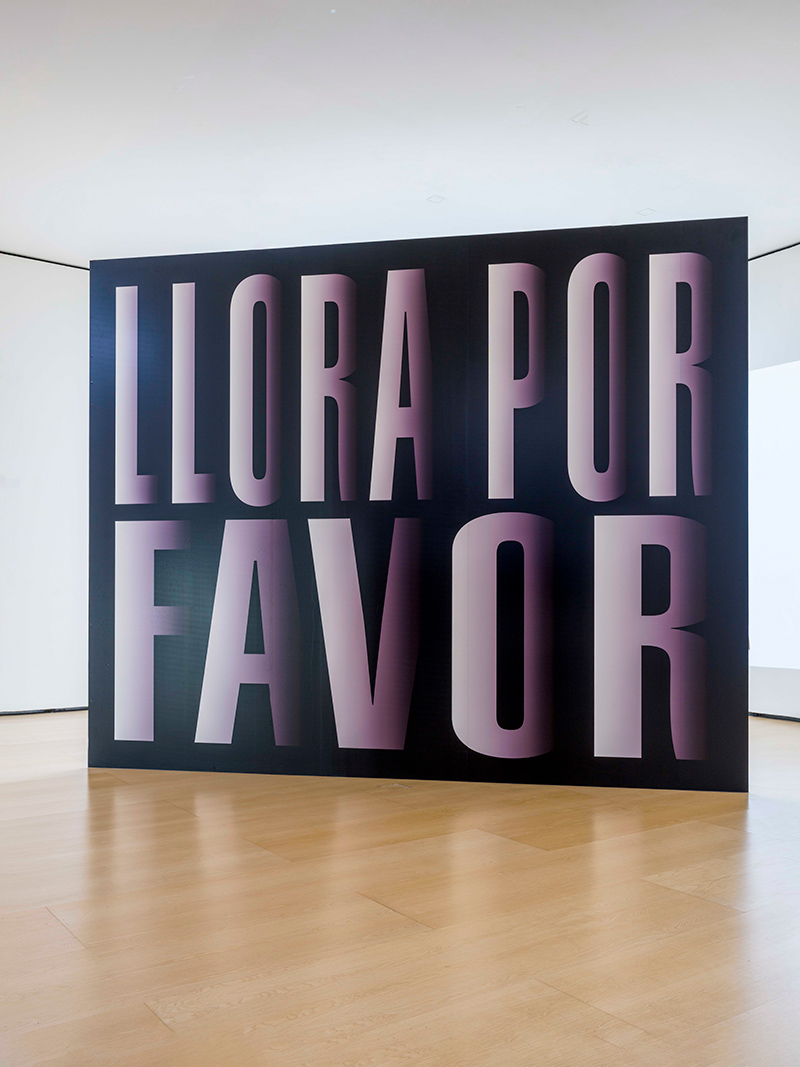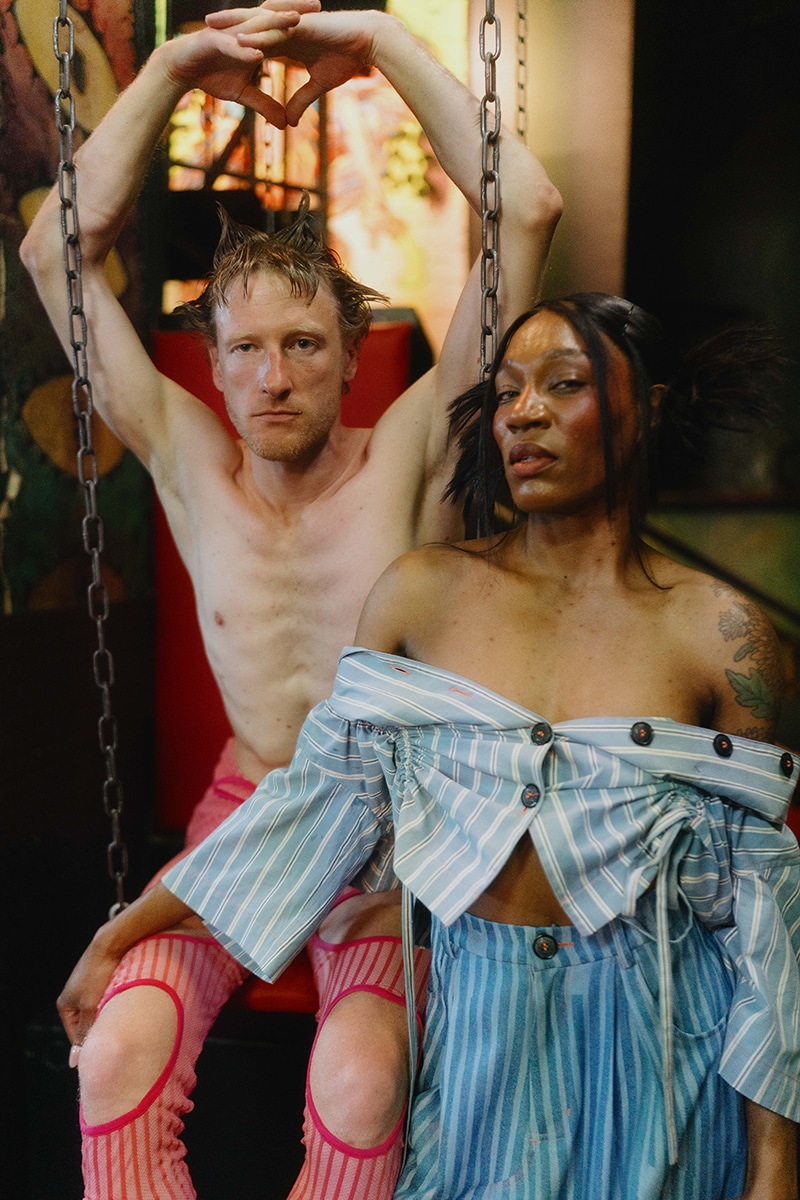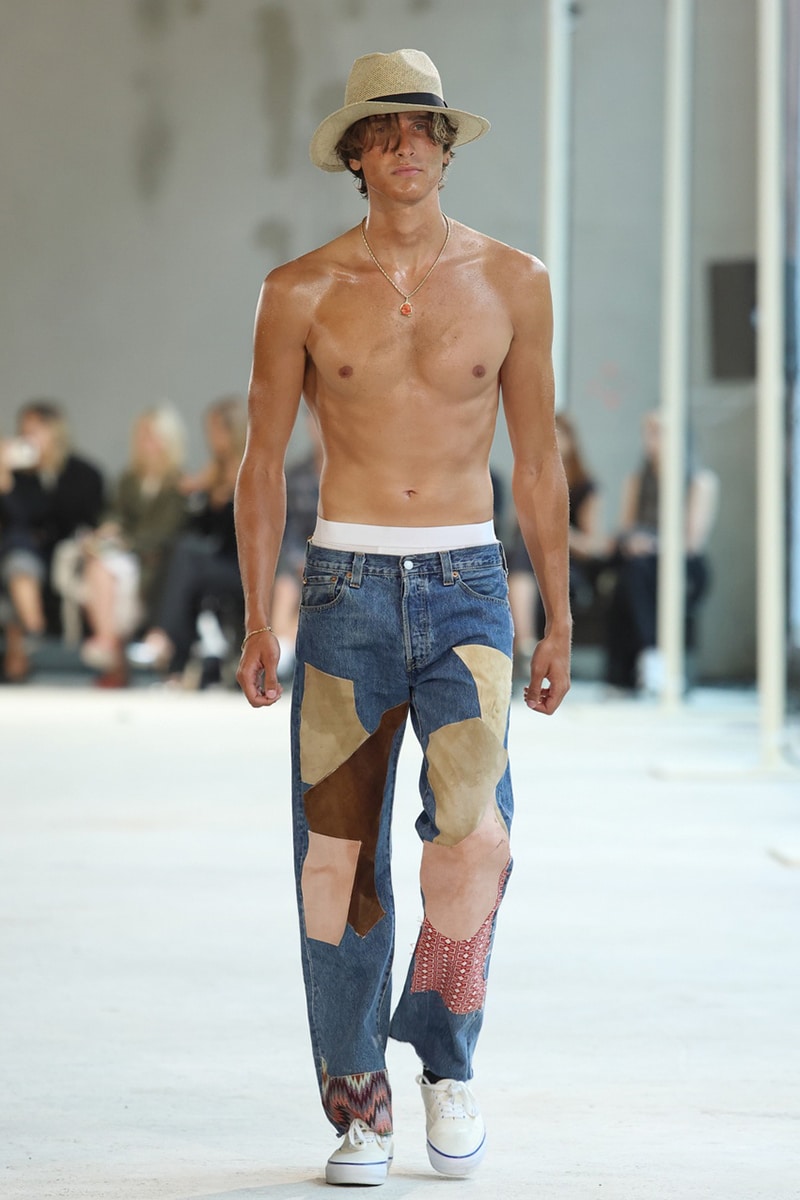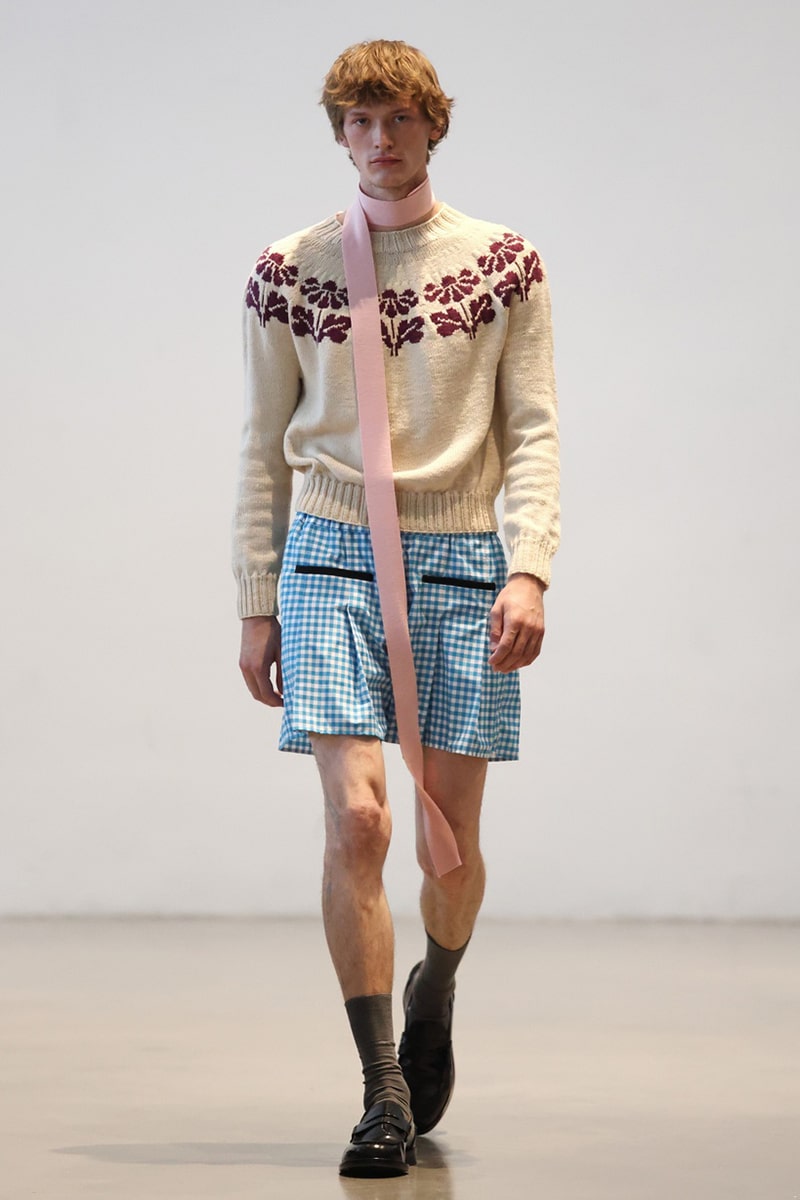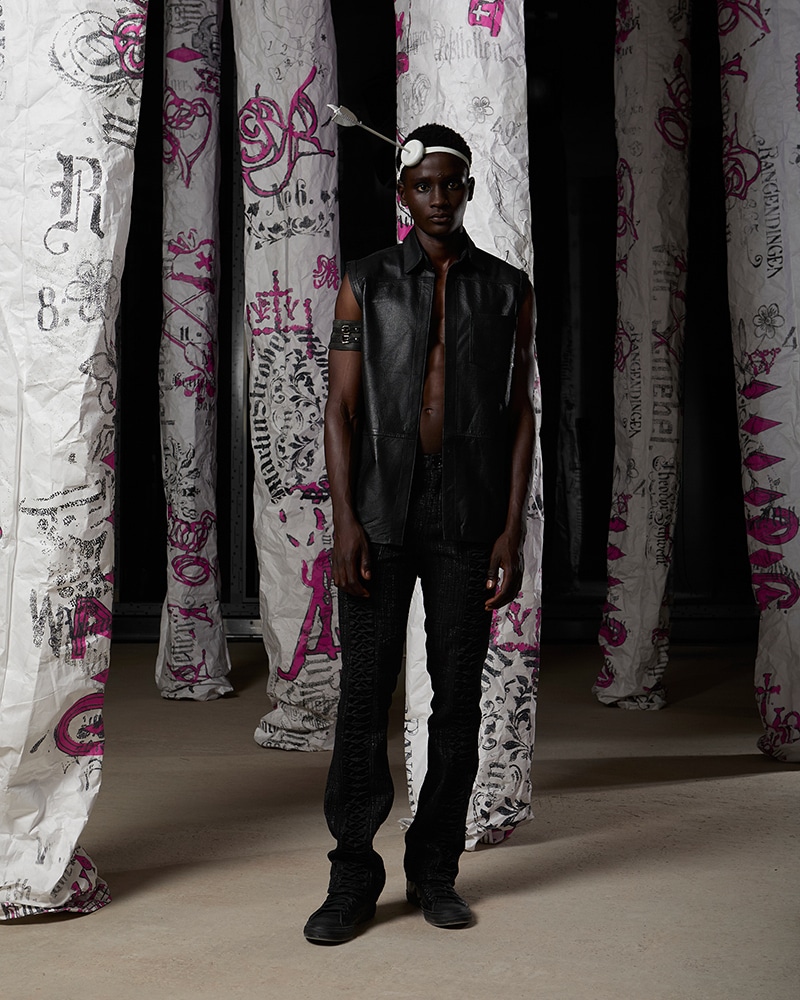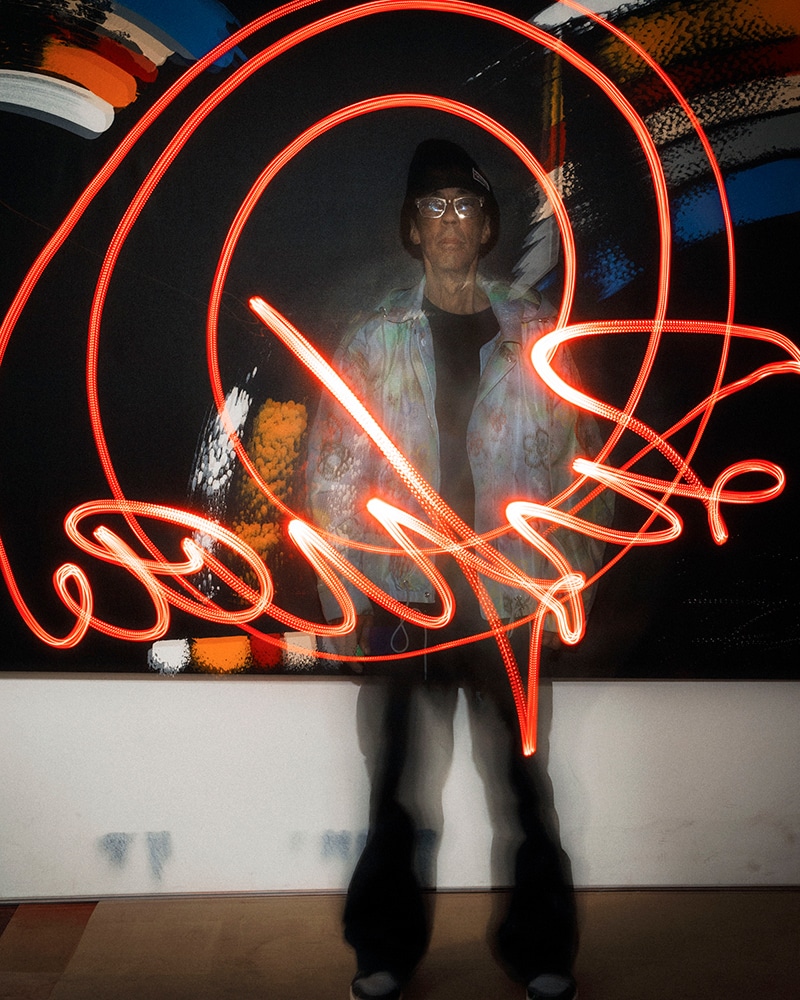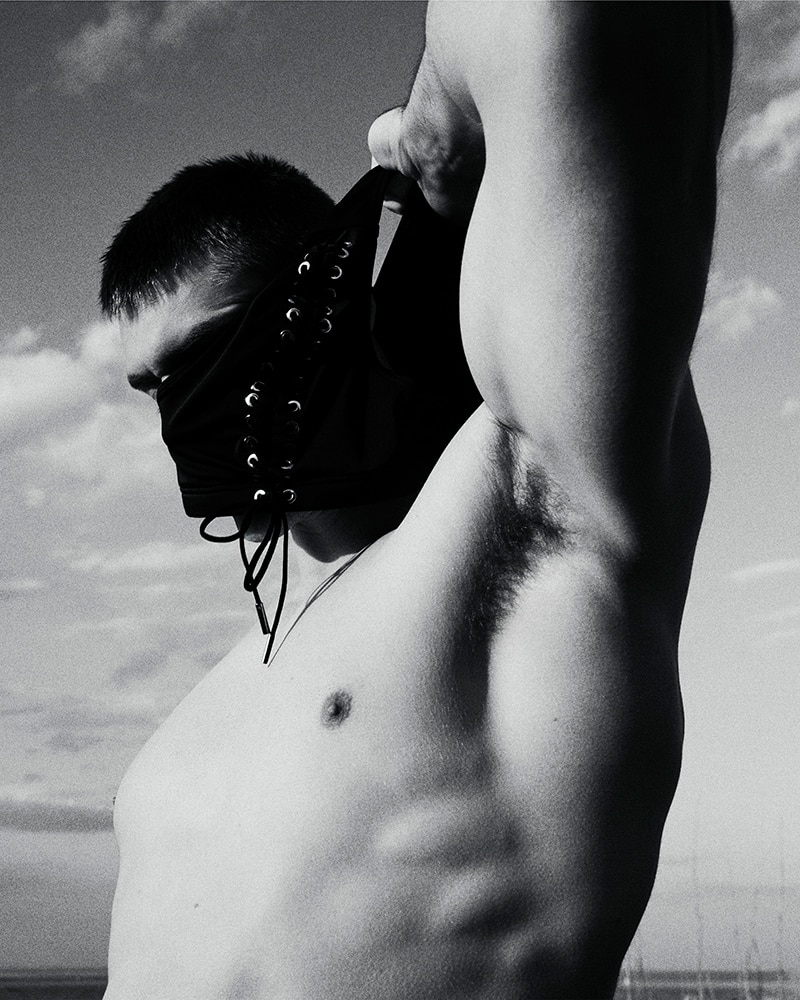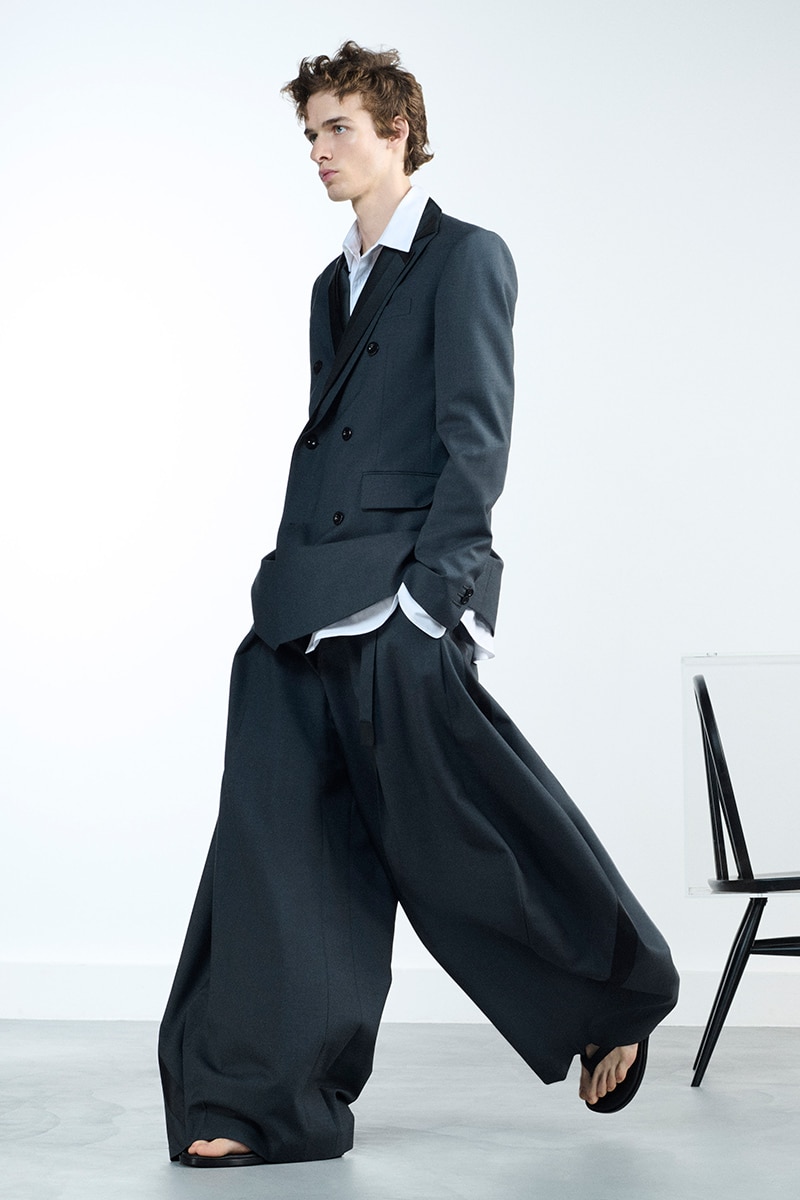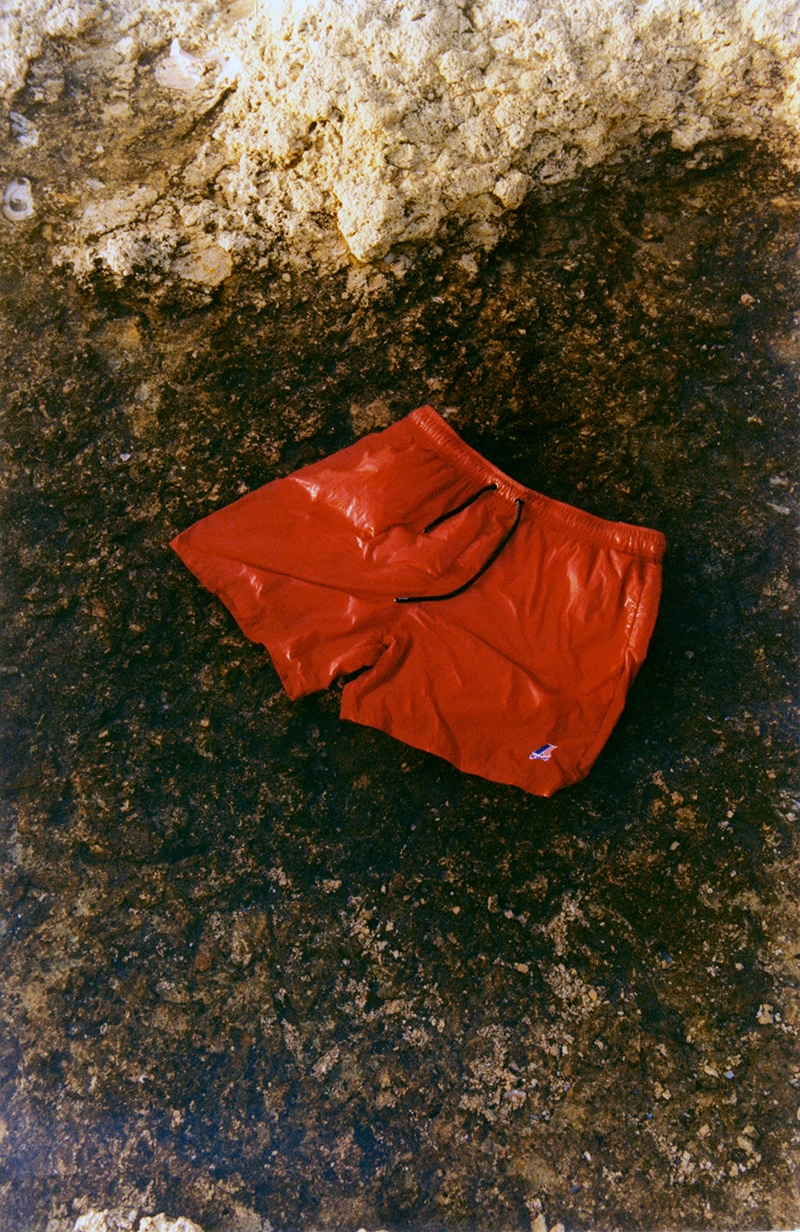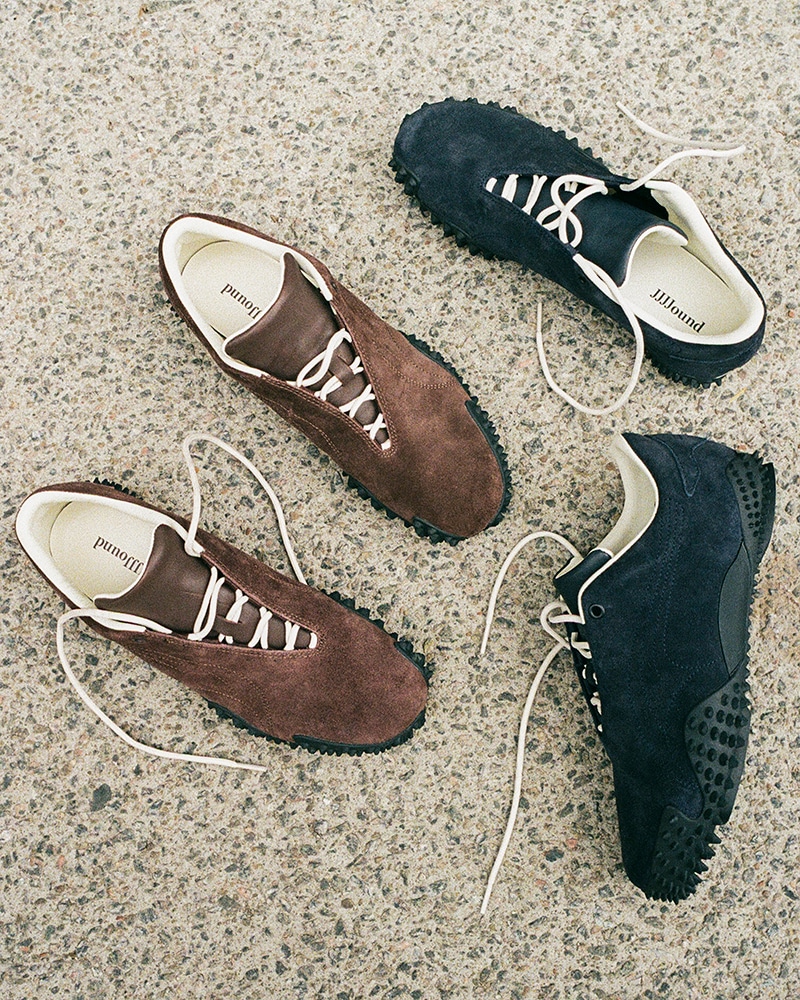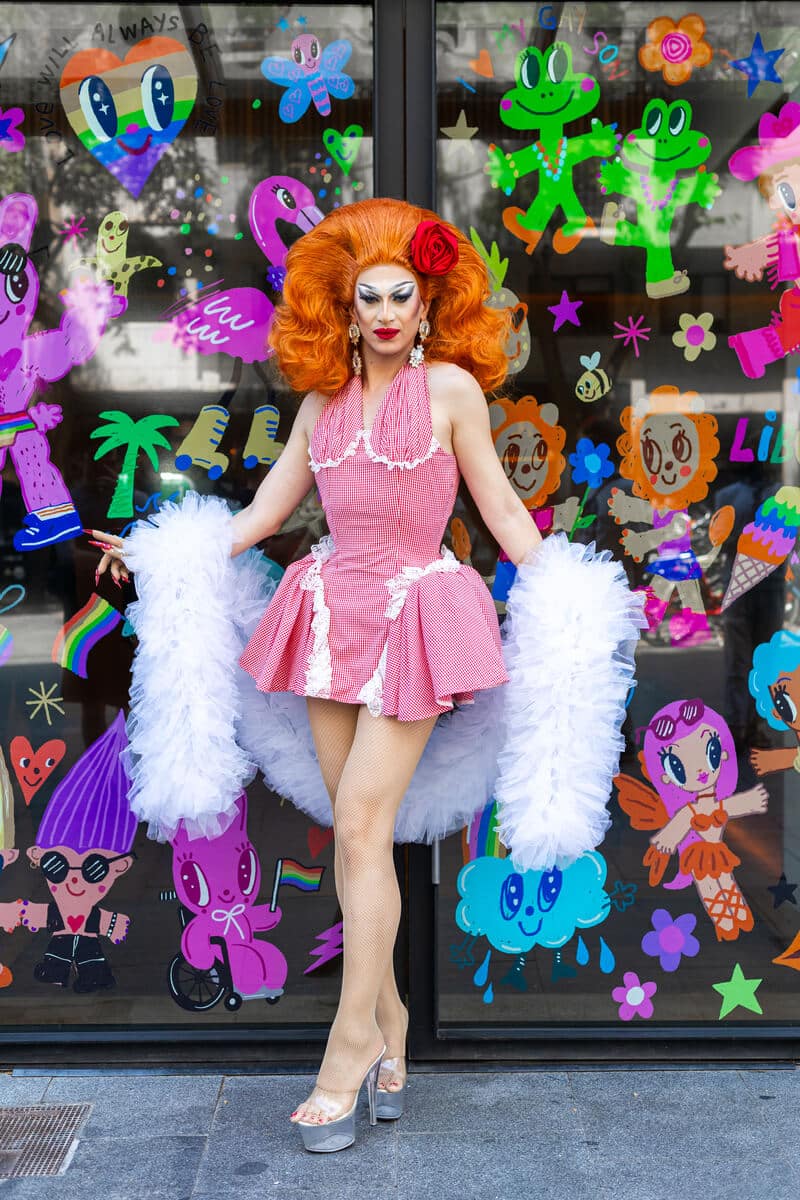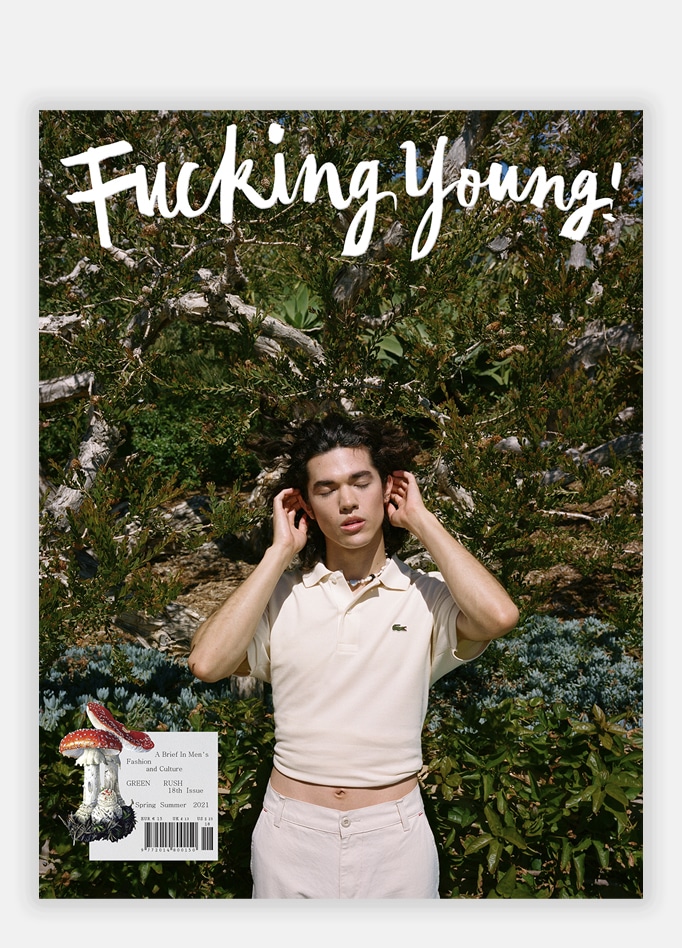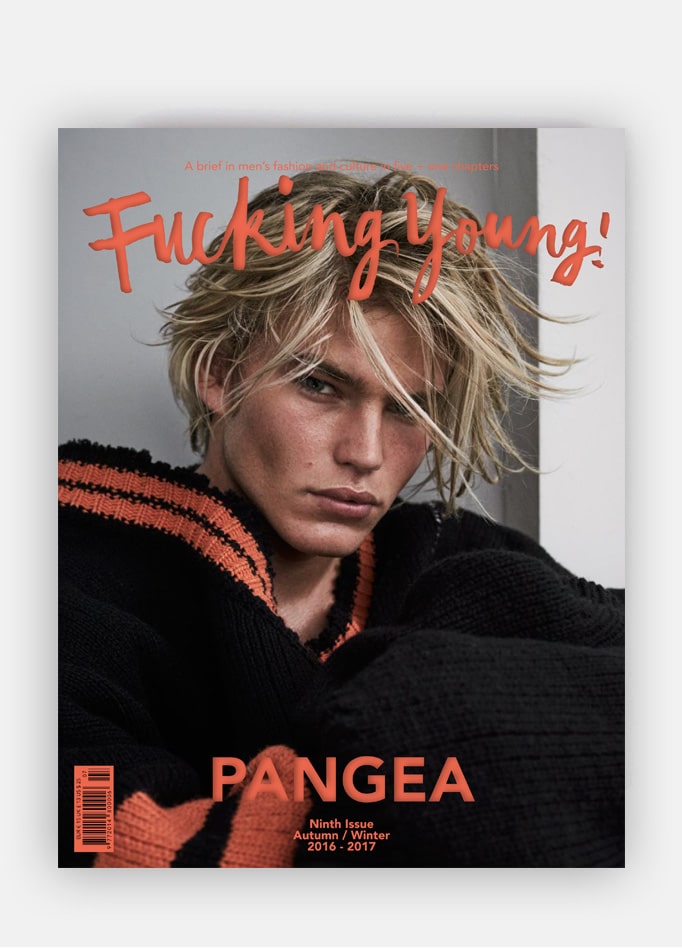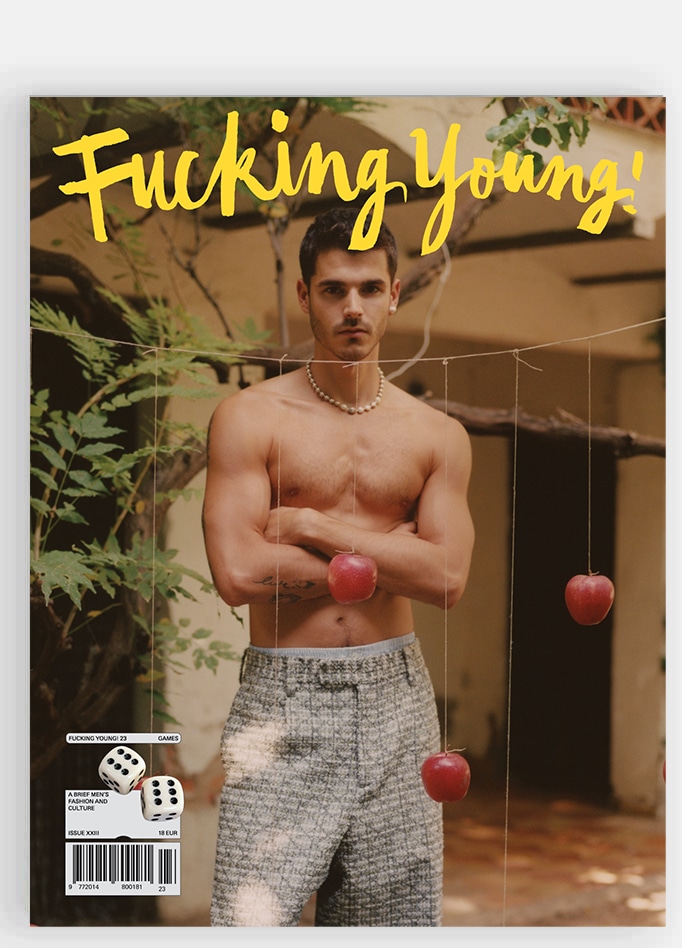Mai Gidah Fall/Winter 2016 Lookbook
by Adriano Batista

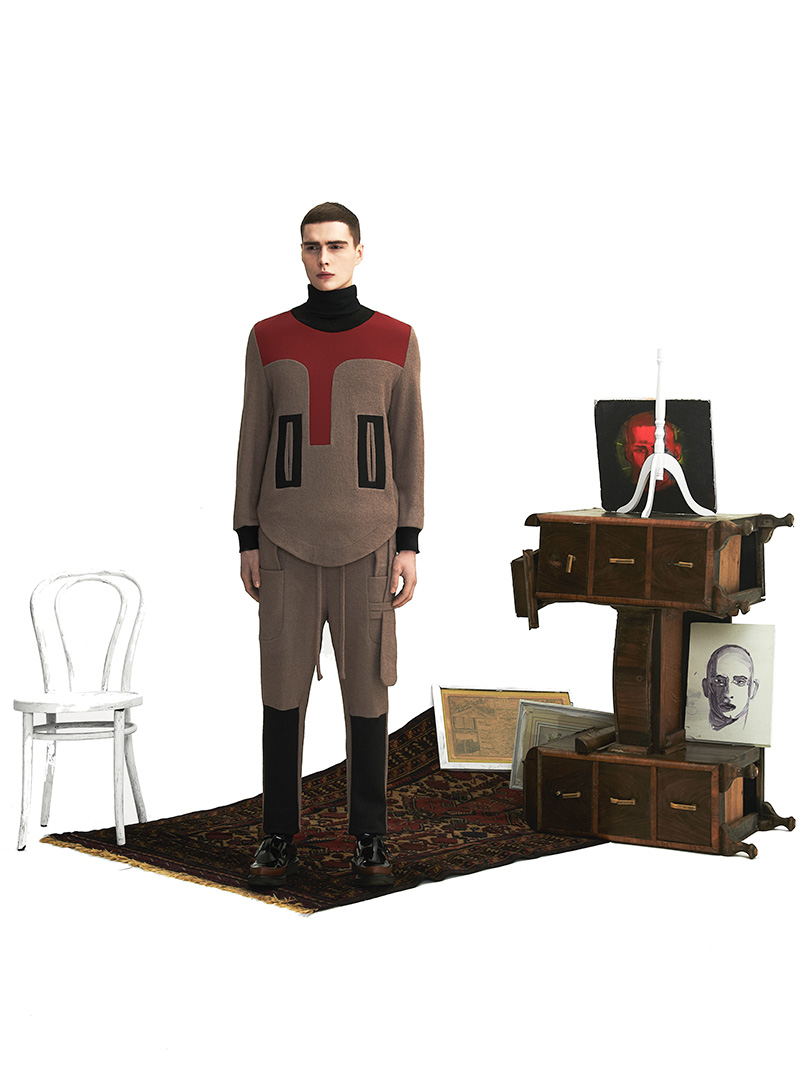

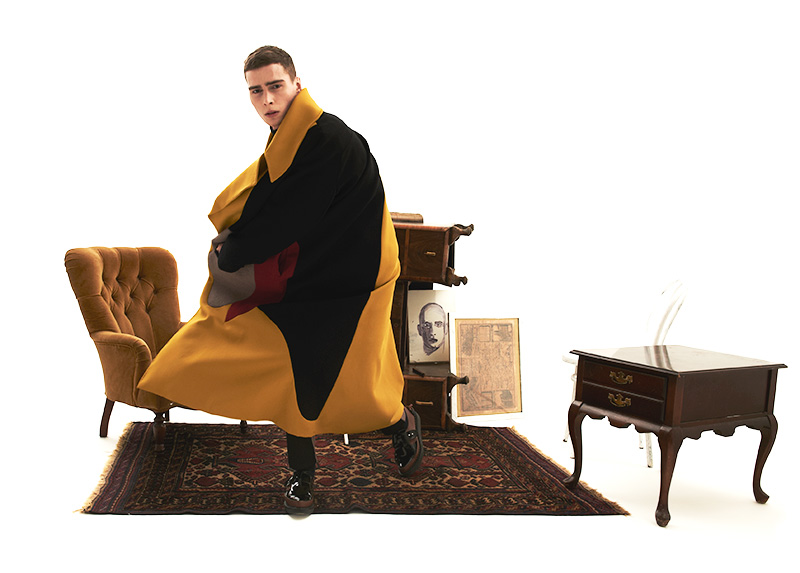
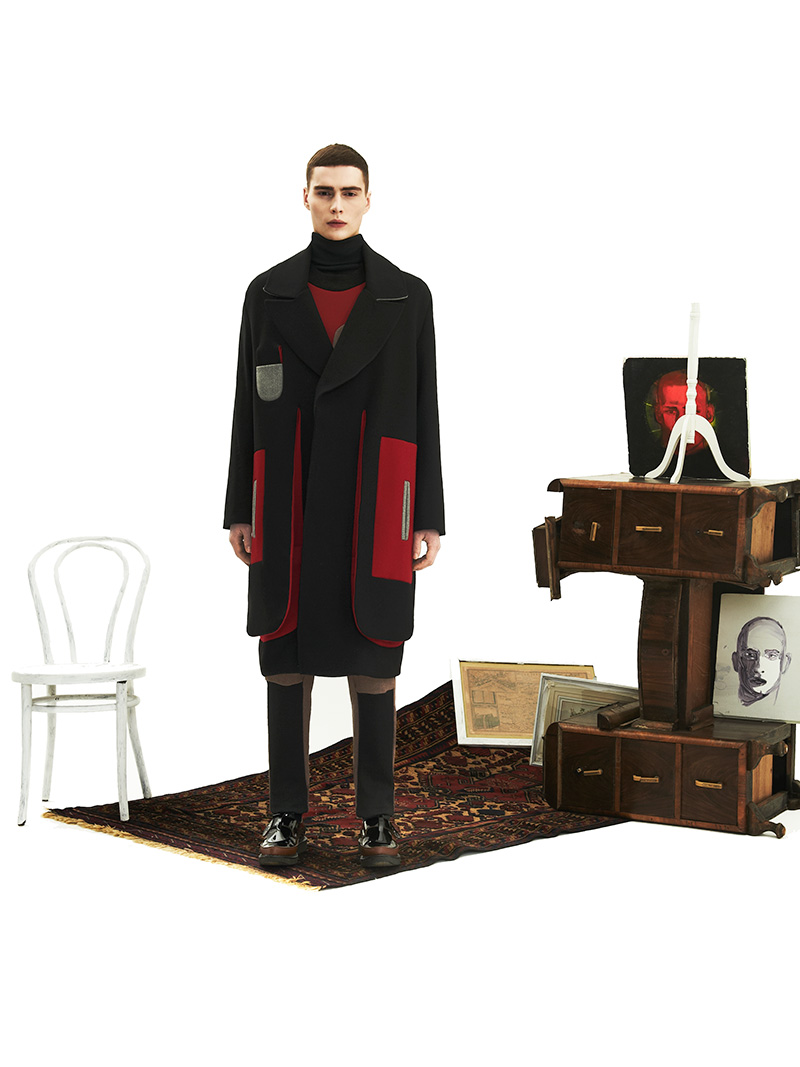
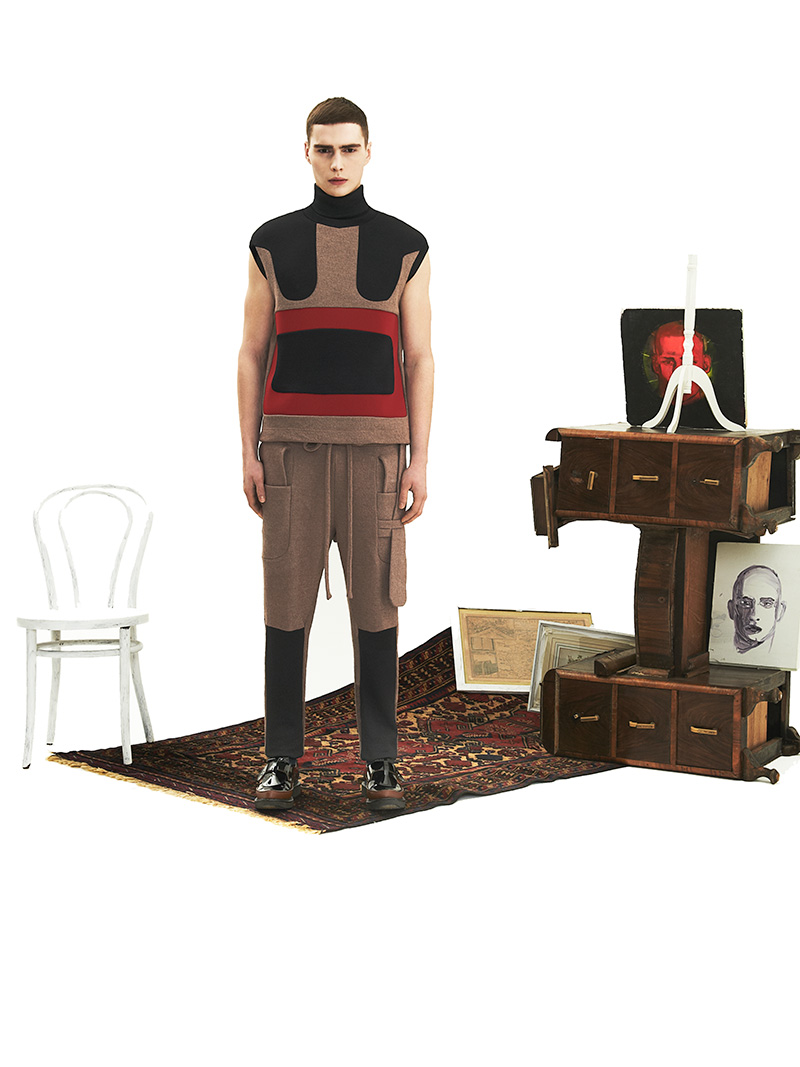
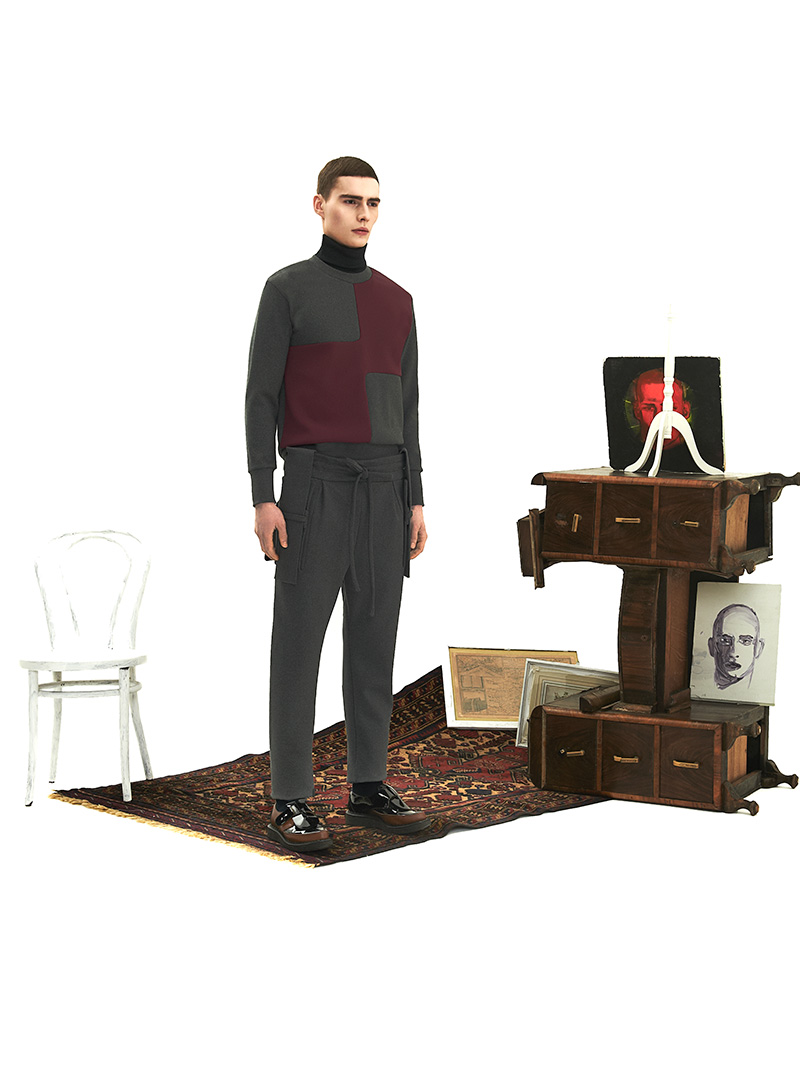

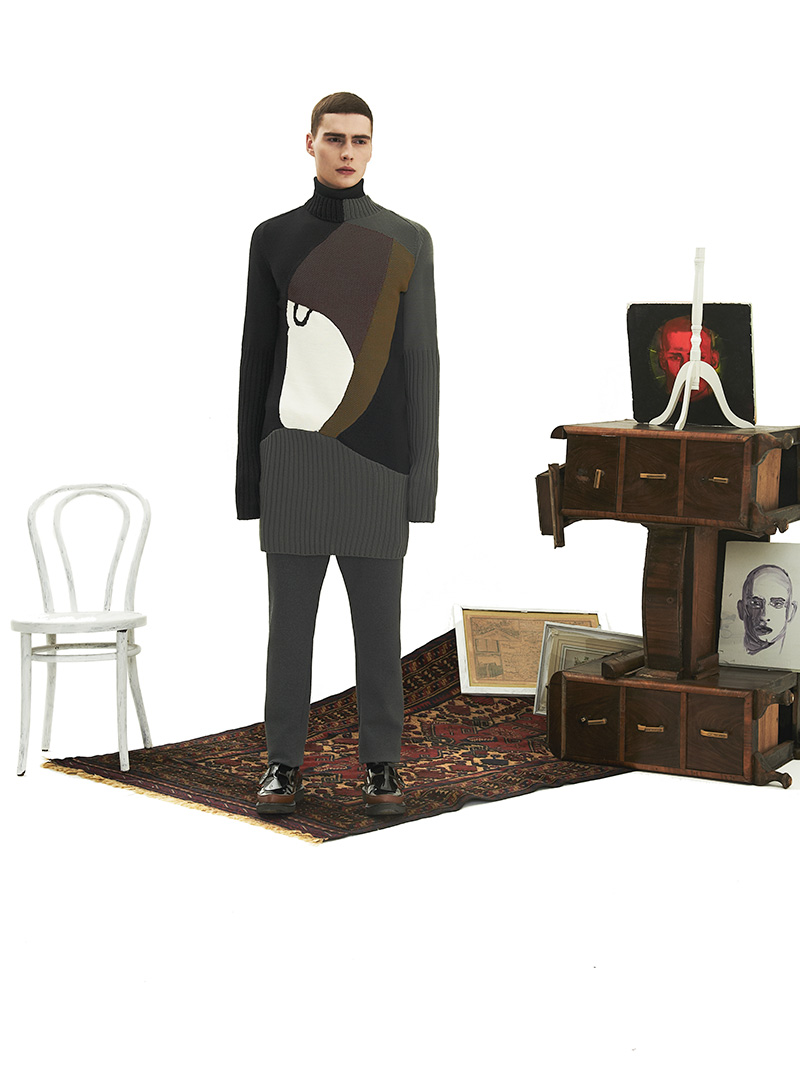
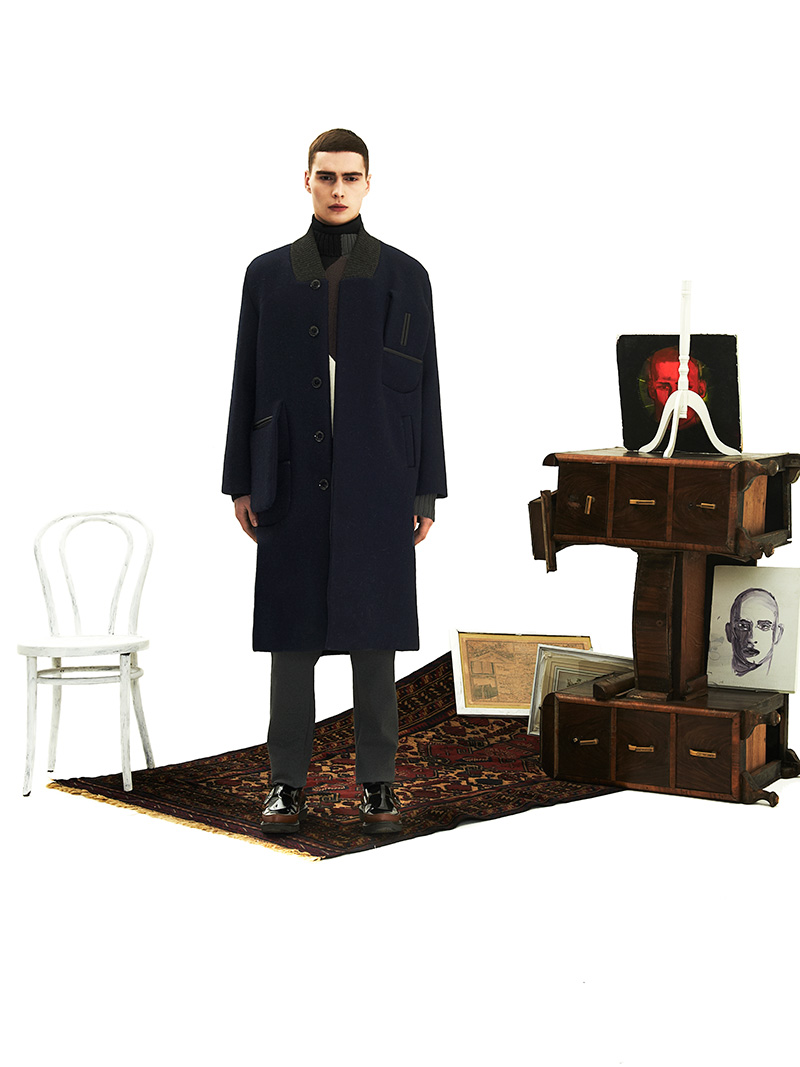
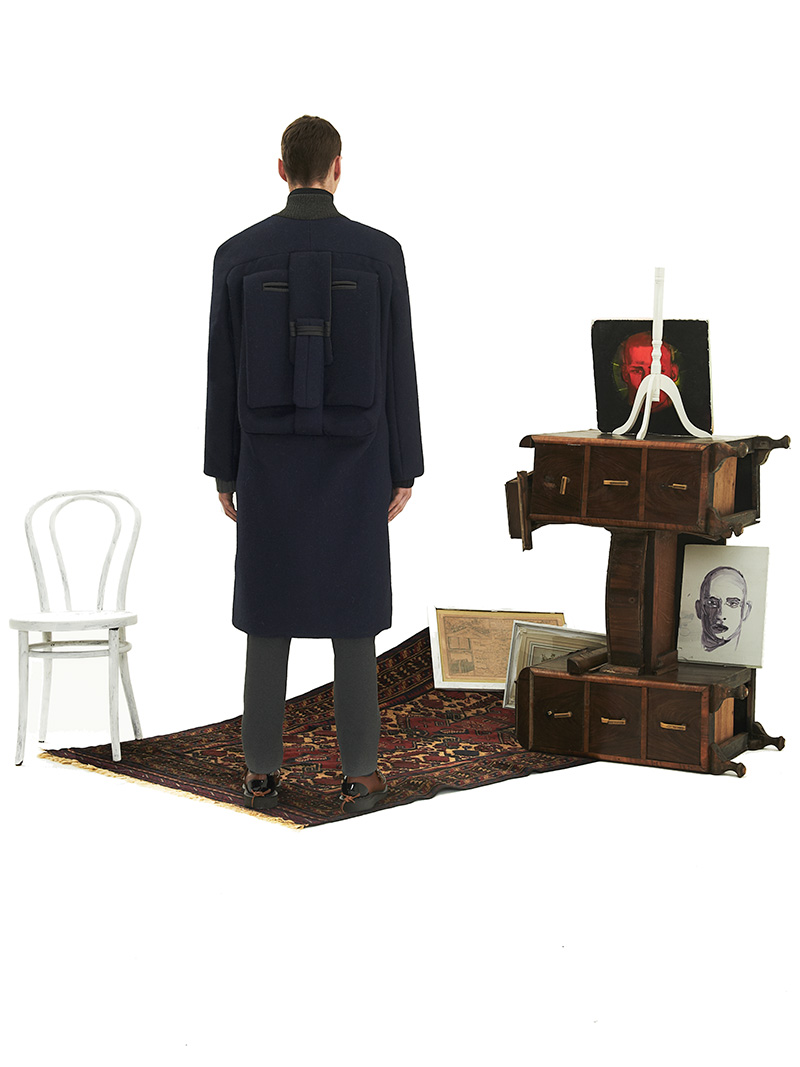
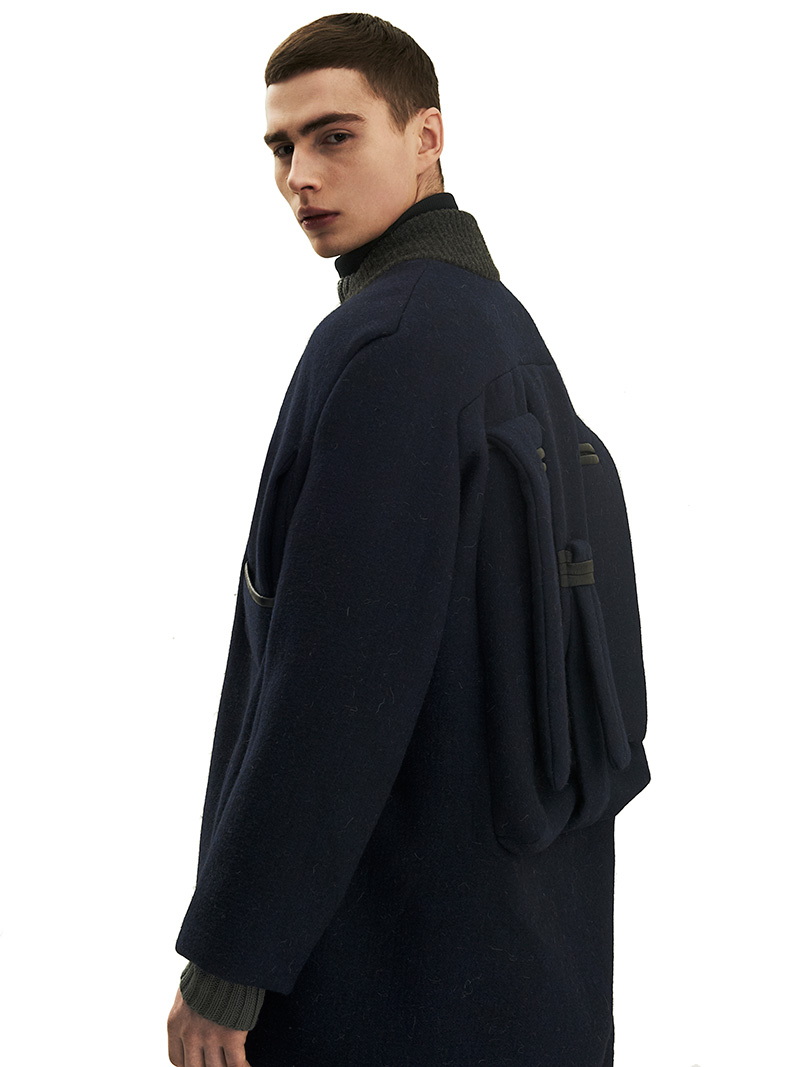
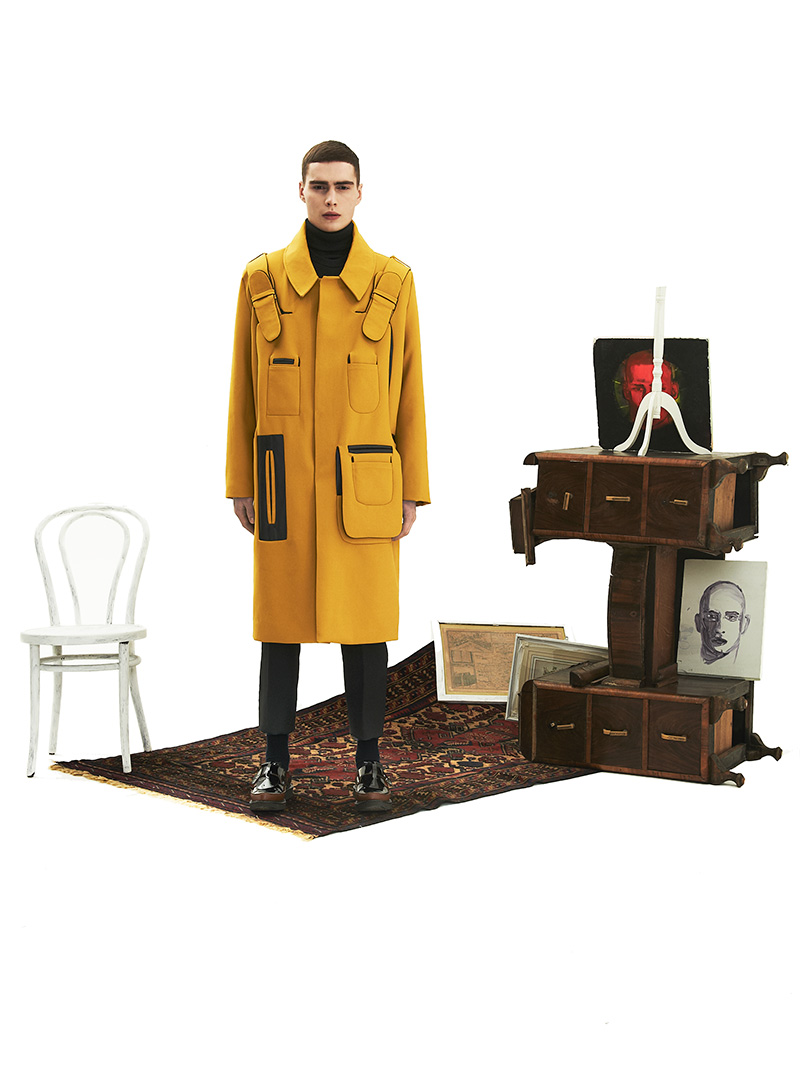
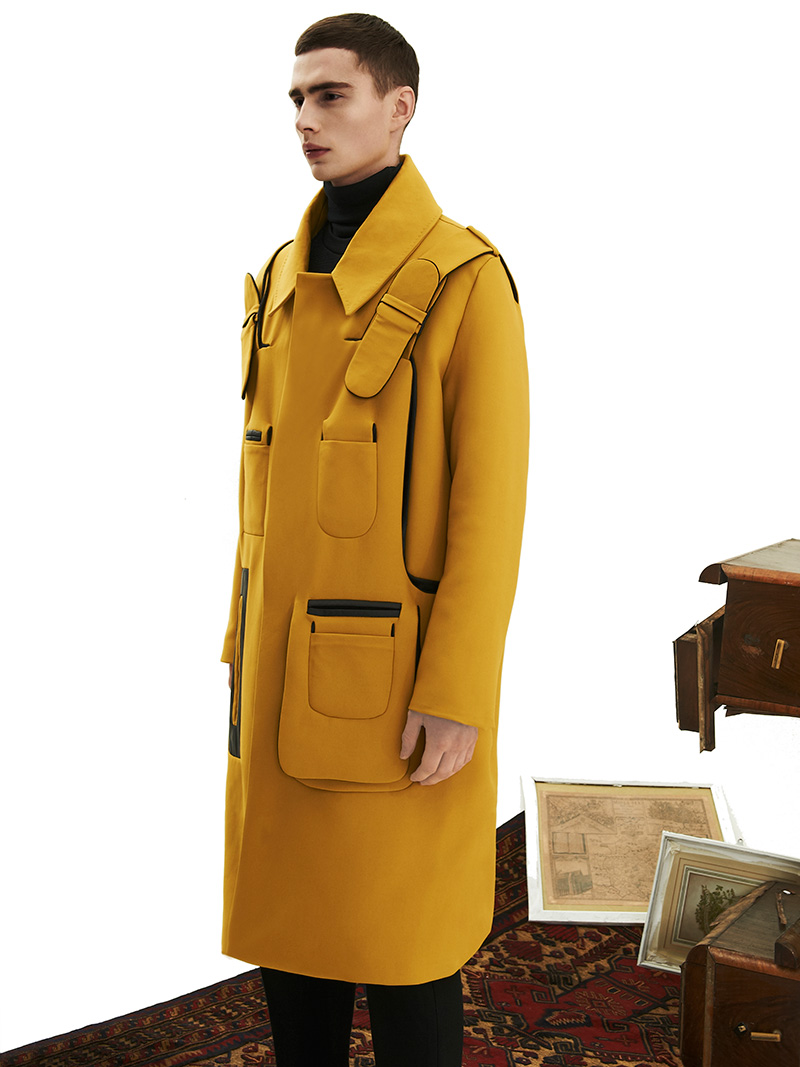
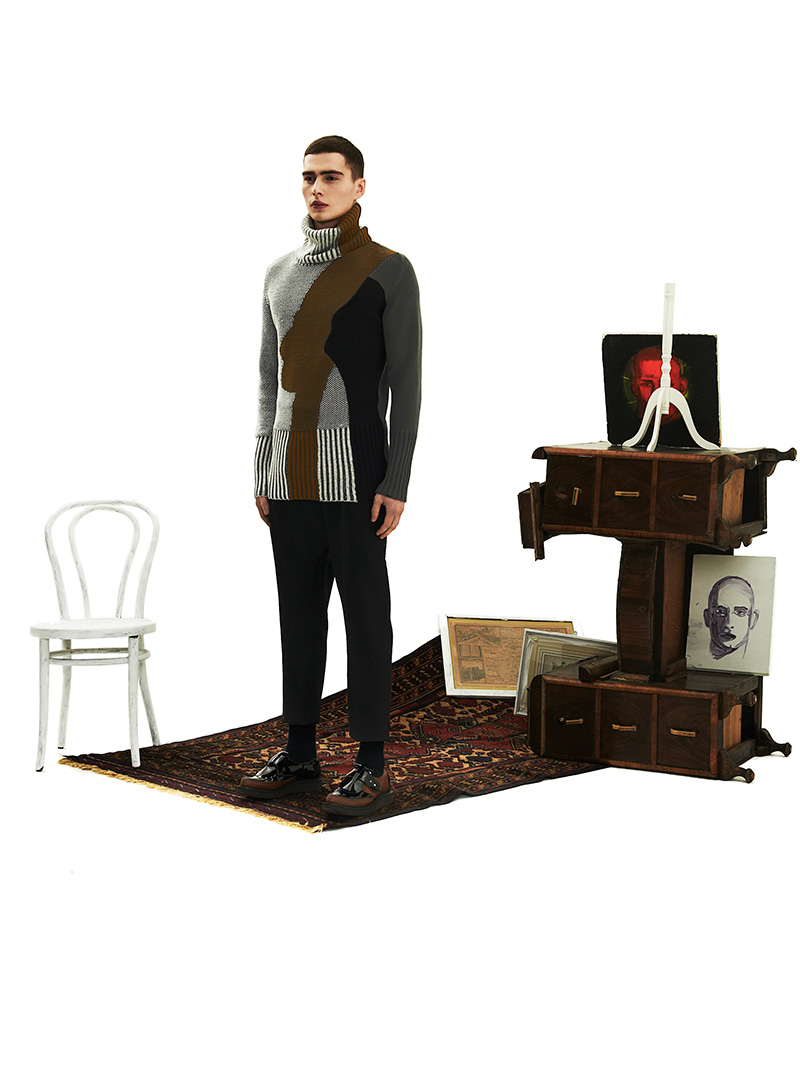
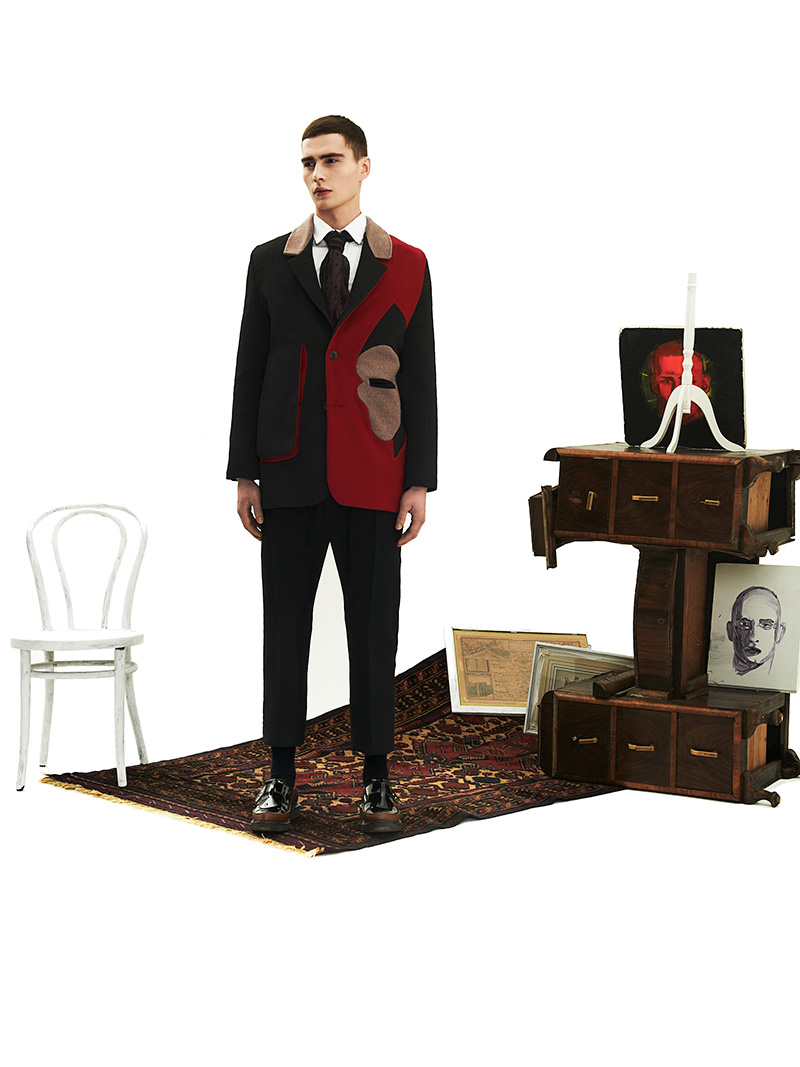


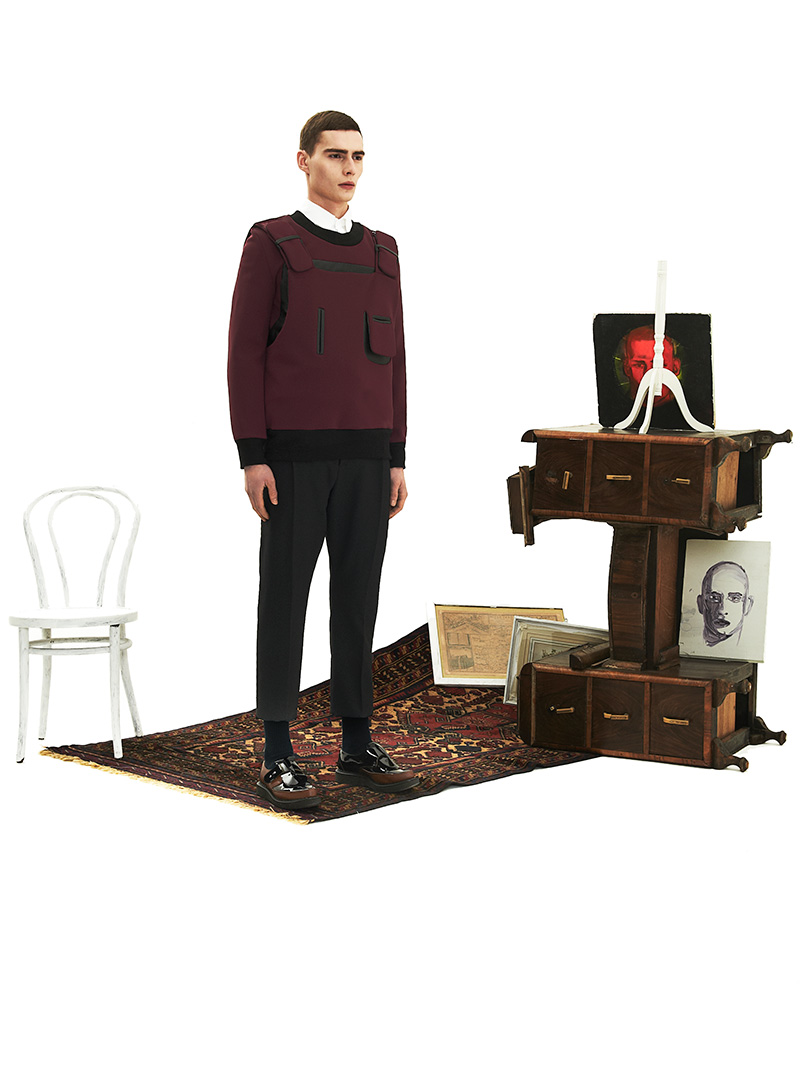
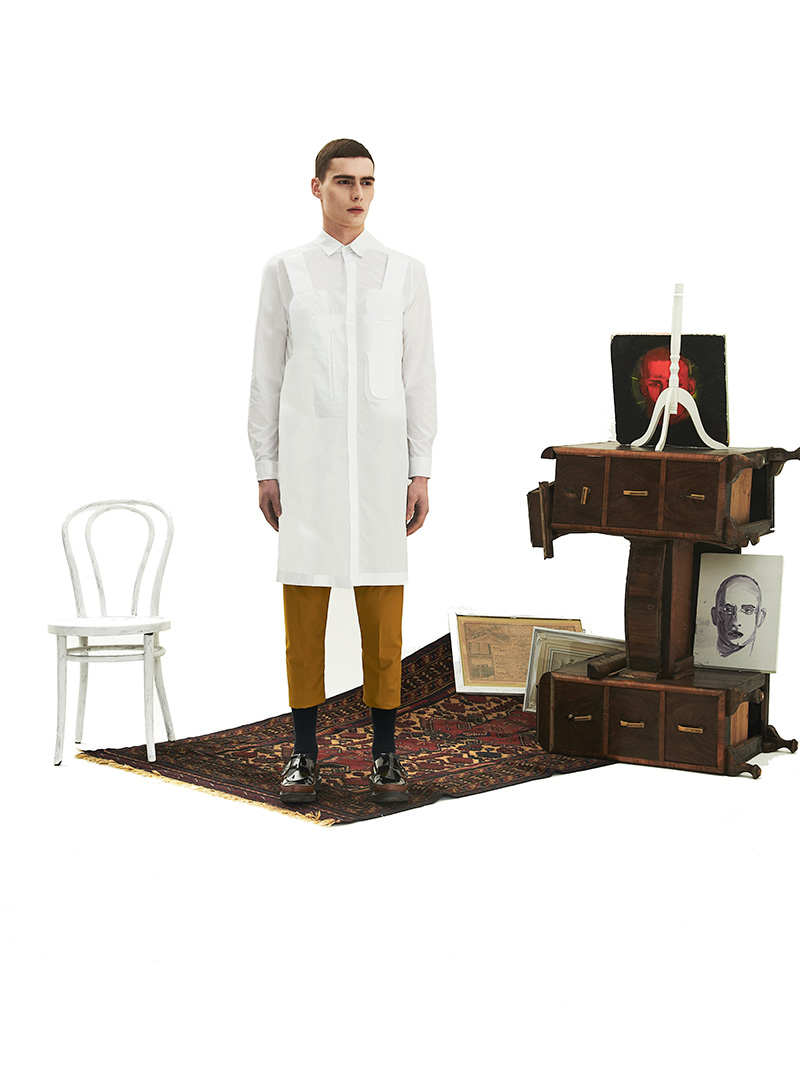
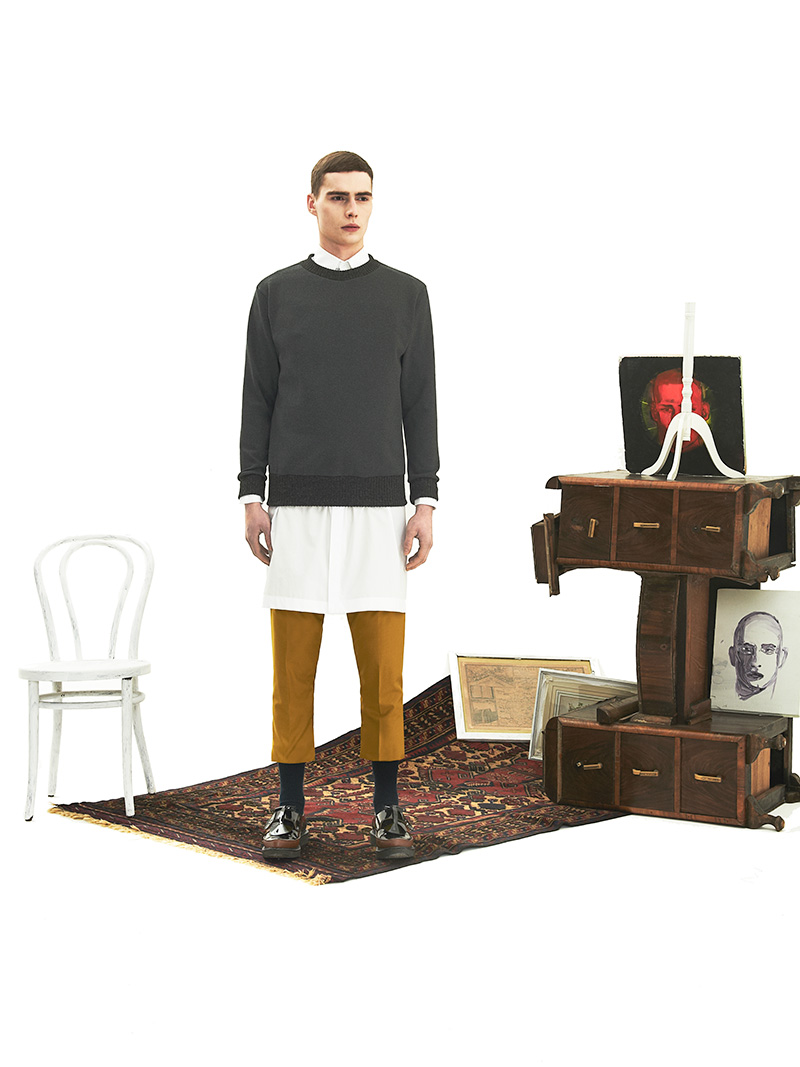
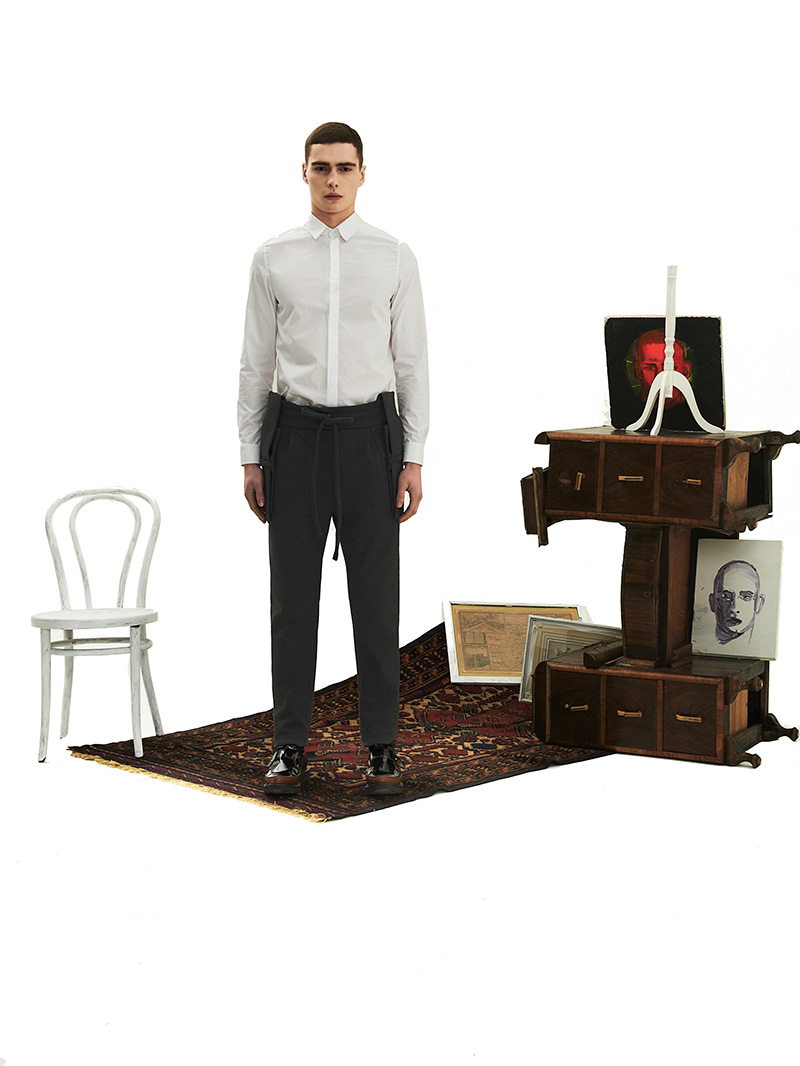
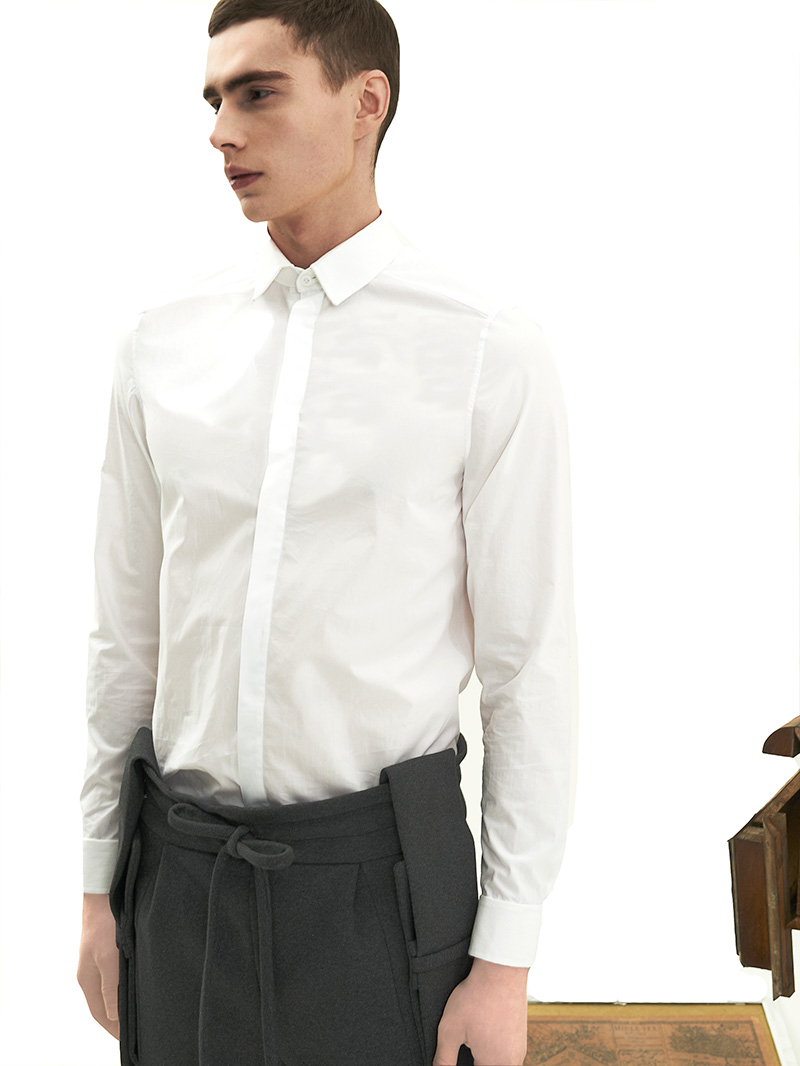
Fall/Winter 2016 bring Ochre, Auburn and mud-colours to the Mai Gidah pallet exploring the underlying tones of the spectrum of colours found in Flemish Primitive paintings by Van Eyck, Petrus Christus, Van der Weyden and their contemporaries.
Expanding the notion of Keepsakes & keeping safe by adding ever more pockets and layers to coats and trousers. The same idea is applied to jumpers & shirts.
Inspired by the wearing of protective amulets by the Dagombe tribe in Ghana and the keeping of memorabilia as a way of protection has inspired Mai Gidah to investigate the use of pocketing. The traditional dance performed by the Dagombe is reflected in the panels of coats.
The silhouettes have softness but a boldness too mirroring and translating the 15th century dress codes. Replacing the ermine and silk velvet of the time with wool and technical fabrics. The length of the coats is the exact same as the length of the coats worn in the Arnolfini portrait. The Burgundy red is a clear reference to the turban worn by Van Eyck himself in the self-portrait.
A jacket & jumper with the harness of a 20th Century dungaree finds origin in the clothes donned by many workmen. The workwear counters the elitist nature of the subjects of the Flemish primitive-paintings.
Through out all the garments remains the African heritage of the designer. Intricately interweaving both European and African influences until they can no longer be told apart. As an outsider looking in it would seem Mai Gidah is fine tuning and evolving the strengths from previous collections making for an outspoken and mature AW16.
Through out all the garments remains the African heritage of the designer.
Knitwear is introduced and for the first the time the collection features two knitted pieces. The merino-wool jumpers depict a double-faced woman. She could be a 15th century noblewoman painted by Van Eyck or an African Princess depicted in a n Ashanti bronze statue.
Little slit-pockets, belts and oddly placed double-pockets are also a reference to the humor artist’s use in their artwork. Such as the “Johannes Van Eyck Fuit Hic” (Van Eyck was here) inscription on the wall of the Arnolfini-portrait it’s recognition of the viewer & spectator, for those in the know but also a funny footnote in art-history.
STREETSTYLE | London Collections Men FW16 – Part 4
Don’t Call Me White
Alexis Otero captured by the lens of Lucas Lei, in exclusive for Fucking Young! Online.
Levi’s® is celebrating Oasis’ long-awaited reunion with a new collection that combines the band’s iconic style with classic denim.
We had the chance to catch up with Ohio-born, Brooklyn-based designer Kody Phillips in his Paris Fashion Week showroom where he unveiled his Spring/Summer 2026 collection.
Dean and Dan doubled down on their love of fashion’s most dramatic moments, remixing 80s power dressing, 90s grunge, and 2000s excess into something entirely their own.
Cult Korean menswear brand THUG CLUB teamed up with designer IZZY DU for an unforgettable dinner and afterparty at the mythical Lapérouse during Paris Fashion Week.
Jonathan Anderson has always treated fashion like a carefully assembled collection, mixing the unexpected, trusting his instincts, and binding it all together with a strong point of view.
The Palau Reial de Pedralbes provided the perfect backdrop as IED Barcelona unveiled its 21st Fashioners of the World showcase.
This season, Camper unveils its first collaboration with ISSEY MIYAKE’s Peu Form, designed by Satoshi Kondo.
A collection that exudes freshness, confidence, and a desire to write a new page in the history of the Maison.
“Poison Ivy” tells the story of a transfer student’s dangerous fixation with his school’s golden boy.
Aitor Santomé’s AHOY Diary on Board is a glitter-drenched, holographic love letter to queer joy, fashion, and the magic of the open sea.
Louis Vuitton has introduced its latest Silver Lockit 2025 collection, developed in partnership with Felix, the brand’s Ambassador and UNICEF Goodwill Ambassador for Korea.
The Salomon XT-6 wasn’t made for sidewalks. Born for punishing mountain trails and ultra-distance races, its technical DNA speaks to wilderness endurance.
Stéphane Ashpool has opened Souvenir Pigalle at 17 Rue Duperré, a place built on his memories of growing up in Pigalle.
The book challenges narrow ideas of beauty and masculinity by simply letting men exist, unpolished and unapologetic, across generations.
The Guggenheim Museum Bilbao has opened the Barbara Kruger exhibition, Another day. Another night., curated by Lekha Hileman Waitoller and sponsored by Occident. This exhibition expands her audience and influence while pushing the limits of modern art… »
Forget ironed polos and pristine blazers. Peter Wu’s Spring/Summer 2026 collection is a tribute to the thrifted sweaters, the cut-off Dickies, the flannel pajama pants worn to early morning lectures.
Amsterdam’s Daily Paper has teamed up with Oakley to reimagine the Gascan sunglasses, combining streetwear storytelling with technical innovation.
Berlin’s KitKat Club became the perfect runway for #DAMUR’s Spring/Summer 2026 collection, “Get Wet.”
COLRS unveiled its Spring/Summer 2026 collection “JUMPING FENCES” during Berlin Fashion Week, bottling the reckless energy of a Brazilian summer.
On July 1st at Berlin’s old Tempelhof Airport, BALLETSHOFER staged a runway show that challenged how we dress for travel.
At Berlin Fashion Week, Andrej Gronau presented its Spring/Summer 2026 collection, Alpine Fiction.
At Berlin Fashion Week, Orange Culture unveiled its Spring/Summer 2026 collection, “In the Shadows.”
Berlin Fashion Week served as the stage for SF1OG’s SS26 collection, a deeply personal examination of love’s darker edges, obsession, fragility, and emotional unraveling.
Lenny aka Futura 2000, took the time to speak with us ahead of the exclusive launch.
This summer, Ludovic de Saint Sernin revisits Fire Island to relaunch its swim line with a campaign steeped in erotic freedom and community reverence.
Chitose Abe remains one of the most avant-garde voices of her generation, capable of injecting freshness, desire, and direction into a fashion that needs it more than ever.
K-Way’s new men’s summer collection focuses on keeping things cool, comfortable, and practical.
PUMA and JJJJound have done it again. Their latest collaboration takes the spiked silhouette of the 1999 PUMA Mostro and strips it down to its essentials.
This Pride month, The Barcelona EDITION isn’t just waving a flag—it’s becoming one. From graphic art explosions to drag royalty brunches, the hotel pulses with a raw, vivid celebration of queer creativity, inclusion, and unfiltered joy.























